As the pace of modern life accelerates, the bathroom is not only a place for daily cleaning, but also an essential space for personal care and relaxation. Lighted medicine cabinets are becoming increasingly popular because they combine storage and lighting functions. It is not only convenient for storing medicines and cosmetics, but also provides additional lighting, which significantly improves the practicality and aesthetics of the bathroom.
However, when choosing a lighted medicine cabinet, a key issue is determining the appropriate brightness to meet the functional needs of daily use without causing visual fatigue and ensuring a comfortable user experience. This article will systematically analyze the key points of brightness selection for lighted medicine cabinets to help you find the best balance between function and comfort.
1. The importance of brightness to the user experience
Brightness directly affects the use effect of the medicine cabinet. If the brightness is too low, details are difficult to recognise, which involves the accuracy of operations such as applying makeup and shaving. If the brightness is too high, it may cause eye discomfort and even glare. The ideal brightness should ensure sufficient lighting while being soft and not glaring.
Additionally, a reasonable level of brightness can also enhance the overall atmosphere of the bathroom, making the space appear more spacious and inviting, and improving the quality of life.
2. Key indicators for measuring brightness
Usually, light brightness is expressed in lumens, while light colour temperature is measured in Kelvin (K). Understanding these two parameters can help you choose the right light for your medicine cabinet more scientifically.
Lumens (lm): measure the total output of light; the larger the value, the brighter it is.
Colour temperature (K): describes the hue of light; low colour temperature is warmer (yellow light), high colour temperature is cooler (white light or bluish-white light).
3. Different brightness requirements and recommended parameters
|
Usage Scenario |
Recommended Lumens (lm) |
Recommended Color Temperature (K) |
Notes |
|
Basic Daily Lighting |
300 - 500 |
3000 - 3500 |
Warm and soft, suitable for most daily care |
|
Makeup & Detail Work |
500 - 800 |
4000 - 5000 |
Daylight white, helps with accurate colors |
|
Night Soft Lighting |
100 - 300 |
2700 - 3000 |
Low brightness warm light, reduces glare |
4. How to choose the correct brightness
1) Clarify the primary purpose
First, confirm the primary purpose of the medicine cabinet light. Is it used as an overall fill light or for detailed care (such as makeup, shaving)? Different uses have different requirements for brightness and colour temperature.
2) Combined with natural lighting in the bathroom
If the bathroom is well-lit, the medicine cabinet light can be adjusted to a lower brightness to avoid repeated lighting; otherwise, the brightness needs to be increased to ensure precise details are visible.
3) Consider visual comfort
Too strong light can easily cause glare and visual fatigue. Choose a medicine cabinet with a dimmable function that allows you to adjust the brightness according to different periods and scenes, thereby improving the comfort of use.
4) Pay attention to colour temperature matching
Colour temperature significantly impacts overall colour perception. Warm colours are more friendly and suitable for soft environments; cold colours are more conducive to delicate tasks. If you pursue diversity, a lighted medicine cabinet that supports colour temperature switching is an ideal choice.

5. Lighting technology selection and energy-saving considerations
Lighted medicine cabinets mostly use LED lamps, which are popular for their high brightness, low energy consumption and long life. Note when choosing:
Ø High colour rendering index (CRI): It is crucial to ensure the actual colour of an object, especially when applying makeup. It is recommended to choose lamps with a CRI of 80 or higher.
Ø Energy consumption and environmental protection: LED lamps are energy-saving and environmentally friendly, reducing electricity bills and maintenance costs.
Ø Heat dissipation performance: A well-designed heat dissipation system extends the lamp's life and prevents light brightness attenuation.
6. Practical purchase suggestions
① Confirm the light brightness parameters and avoid only the wattage description. Wattage is not equal to brightness, and lumens must be used as the standard.
② Prioritise products with dimming or multi-level brightness adjustment to meet different usage needs.
③ Pay attention to the uniformity of light distribution to avoid local overbrightness or shadows affecting use.
④ Consider a waterproof and anti-fog design to keep the lamp running stably for an extended period.
⑤ Refer to user reviews and real shooting effects to understand the actual lighting experience.
7. Summary
The brightness selection of the lighted medicine cabinet is a key link in achieving the dual goals of function and comfort. Reasonable lumen and colour temperature matching not only ensures the accuracy of daily makeup, shaving, and other detailed care but also creates a warm and pleasant bathroom atmosphere. The dimming and colour temperature switching functions further enhance the flexibility and personalisation of the user experience.
When purchasing, thoroughly consider the installation environment, usage requirements, and optical indicators of the medicine cabinet, and choose high-colour-rendering and high-quality LED lamps, which will significantly enhance your bathroom space. Whether it is soft, warm light to create warmth or bright, white light to enhance detail recognition, the appropriate brightness setting is the guarantee of a comfortable life.
When choosing a medicine cabinet with light, consider "brightness" as the core reference, scientifically adjust the light, and let the light and space blend seamlessly, thereby significantly enhancing the overall quality of life and comfort.

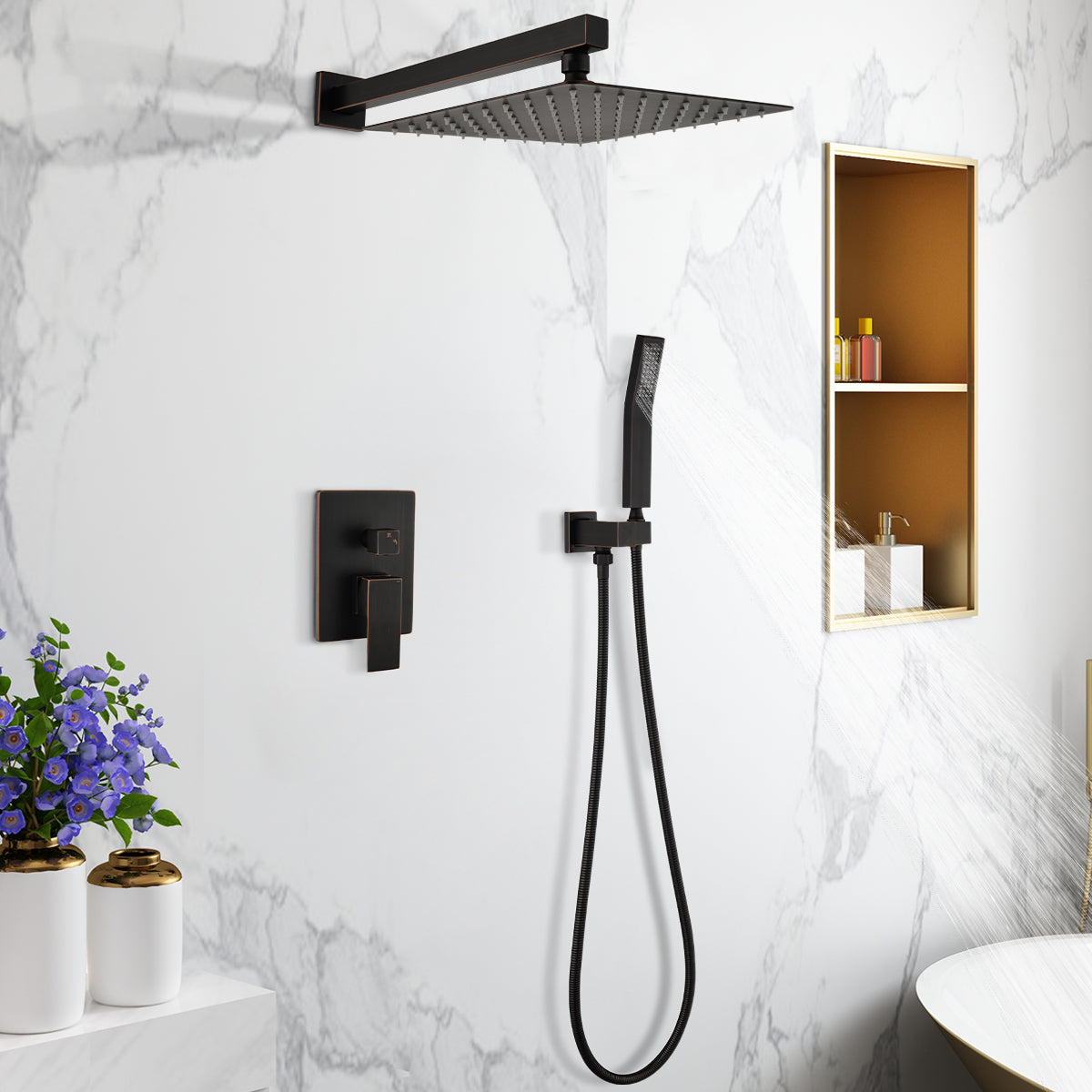
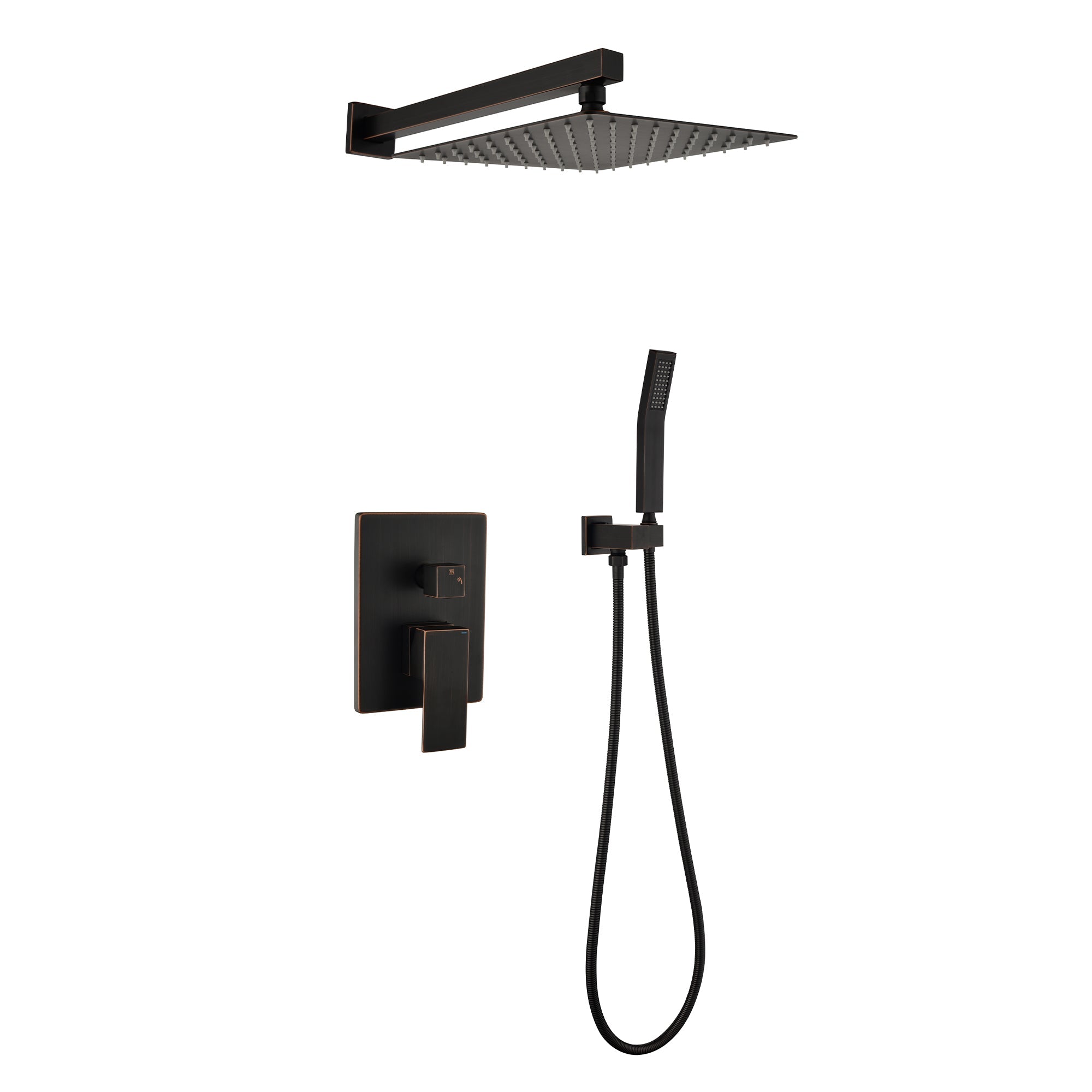


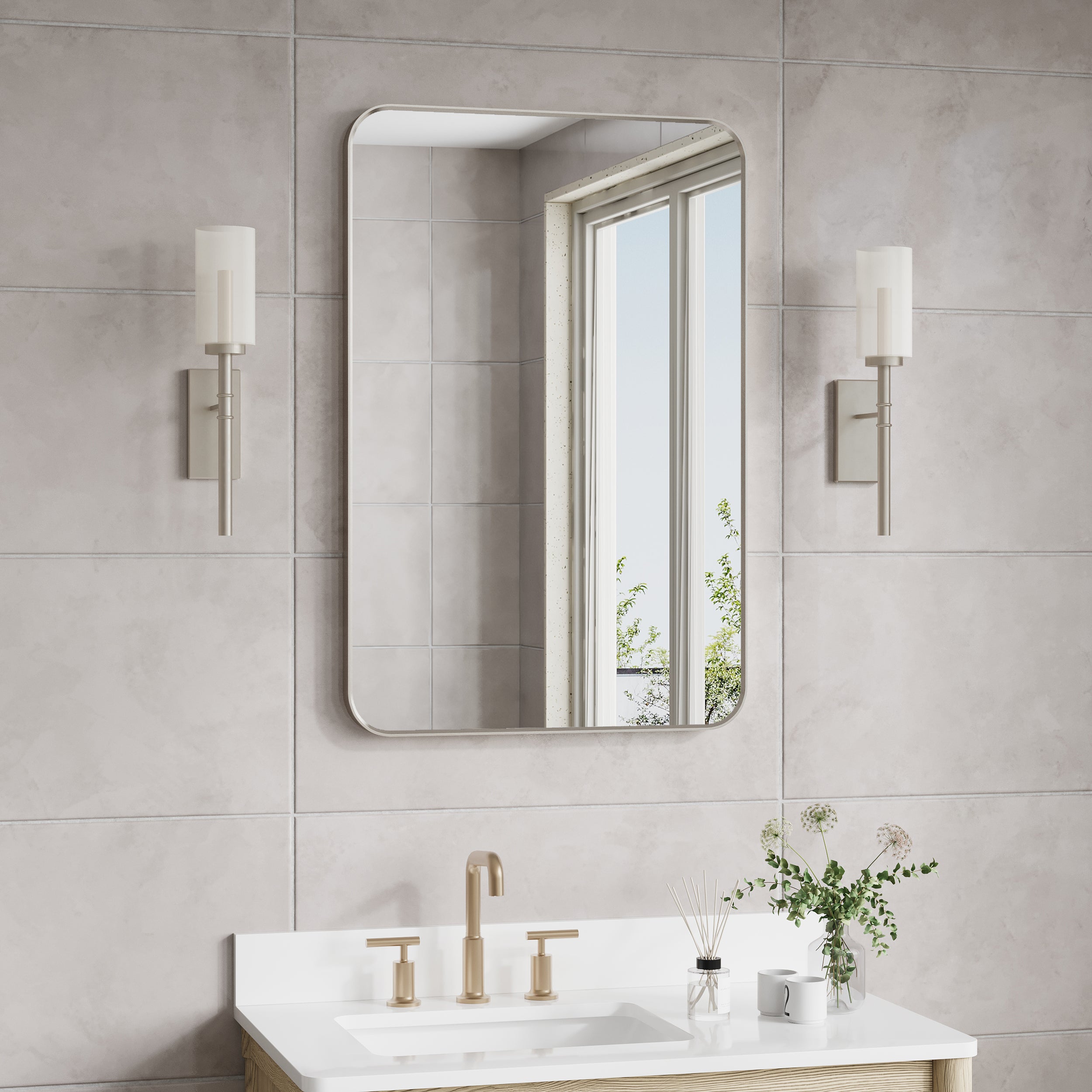
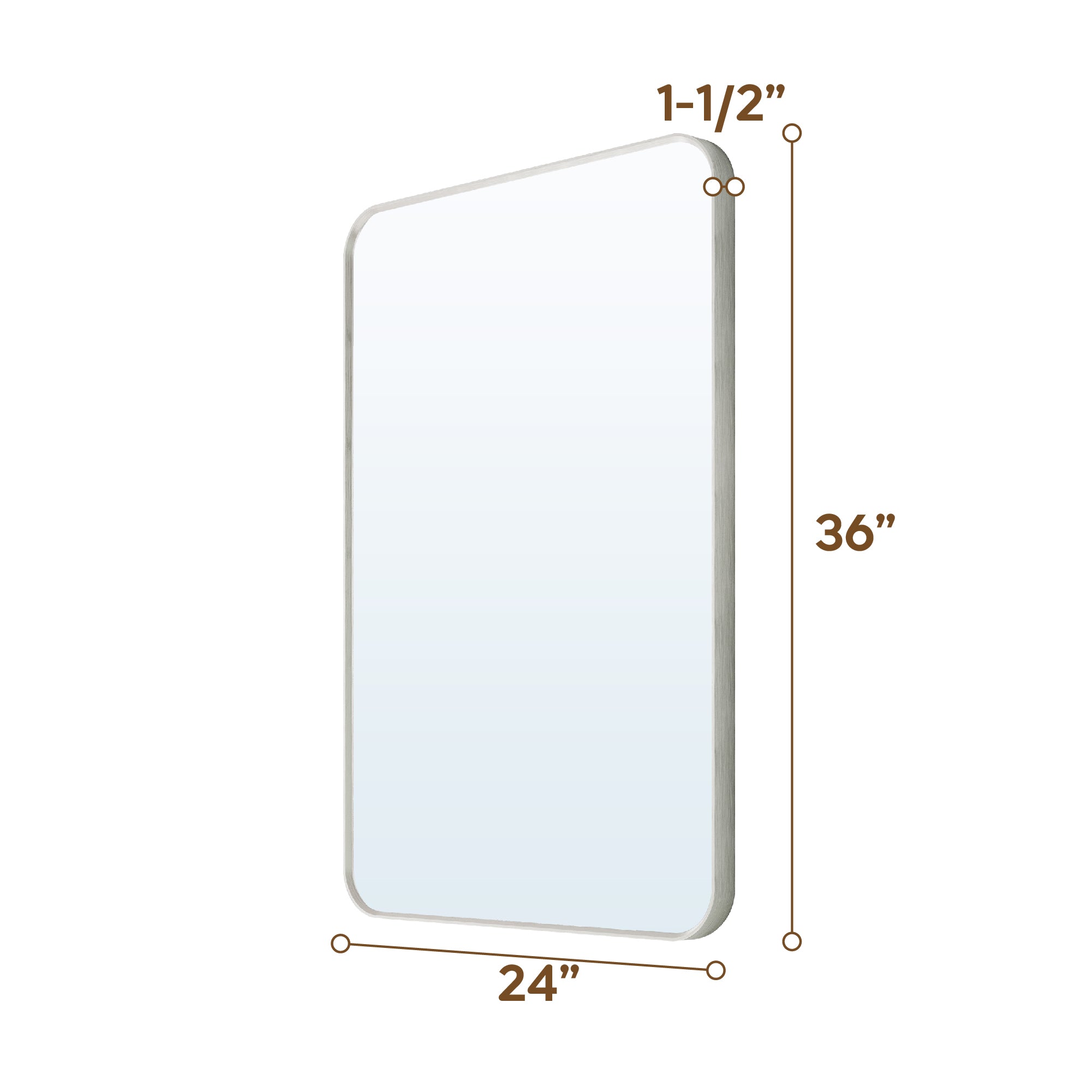

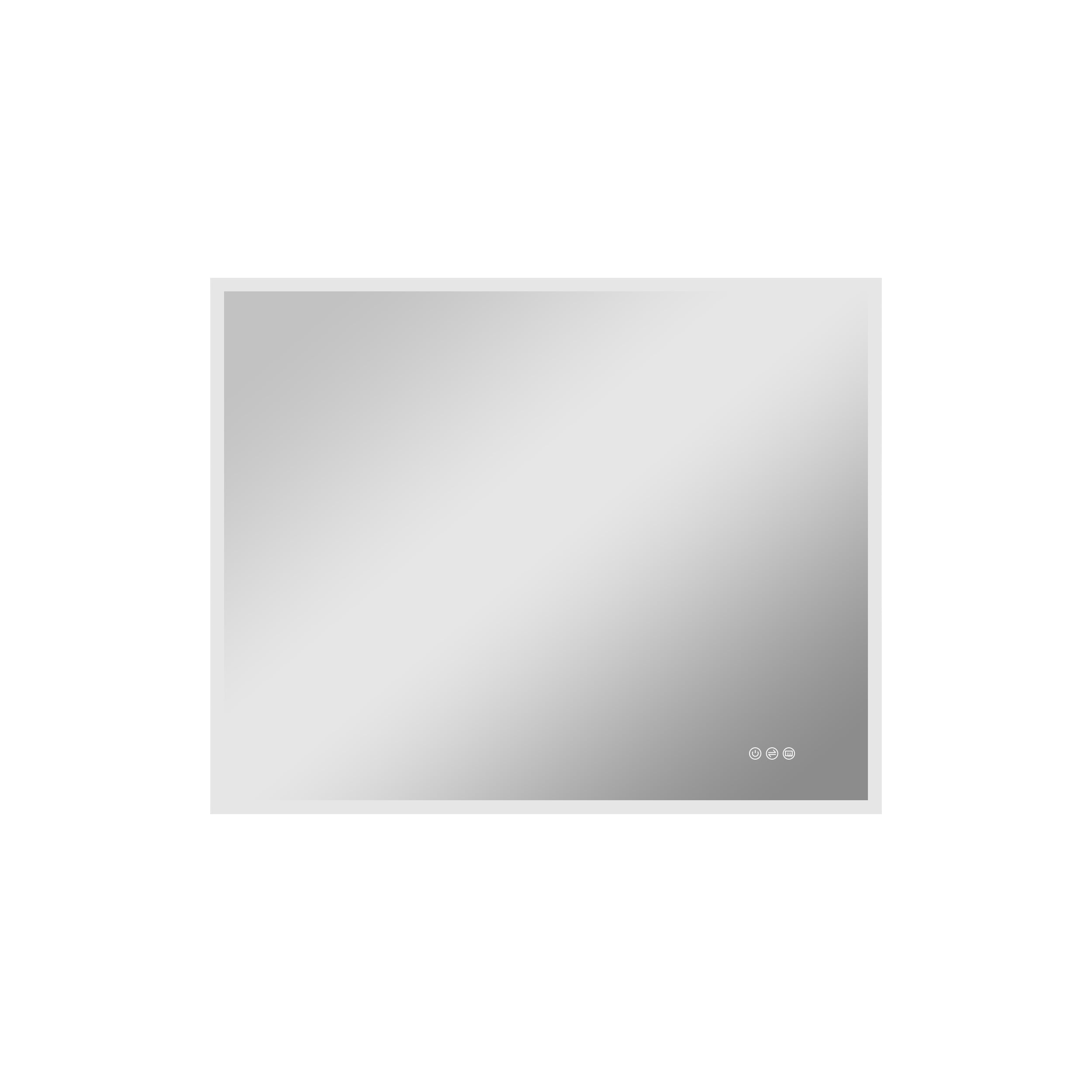

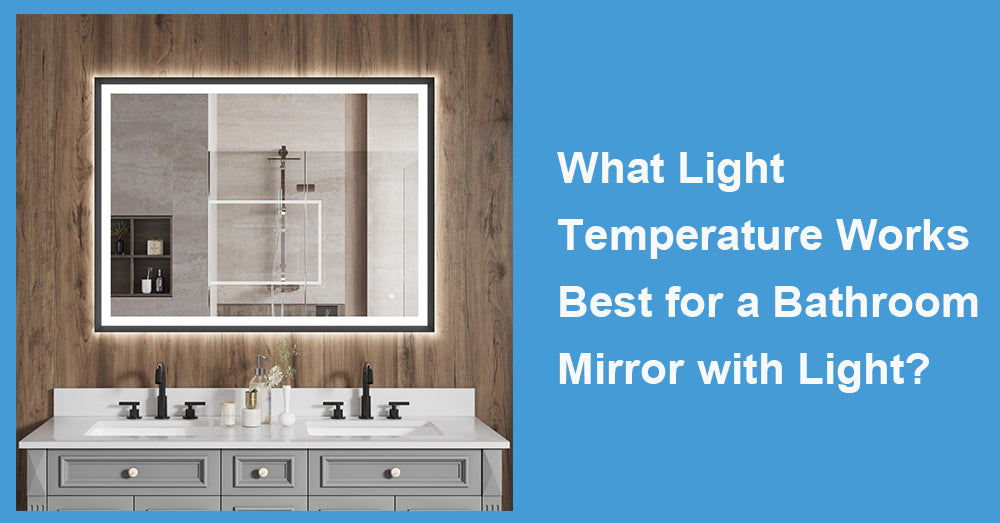
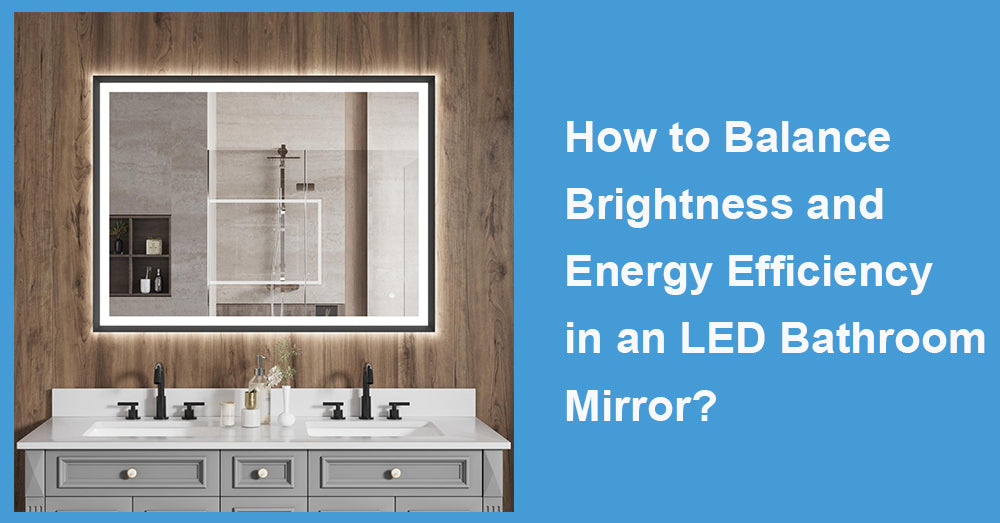
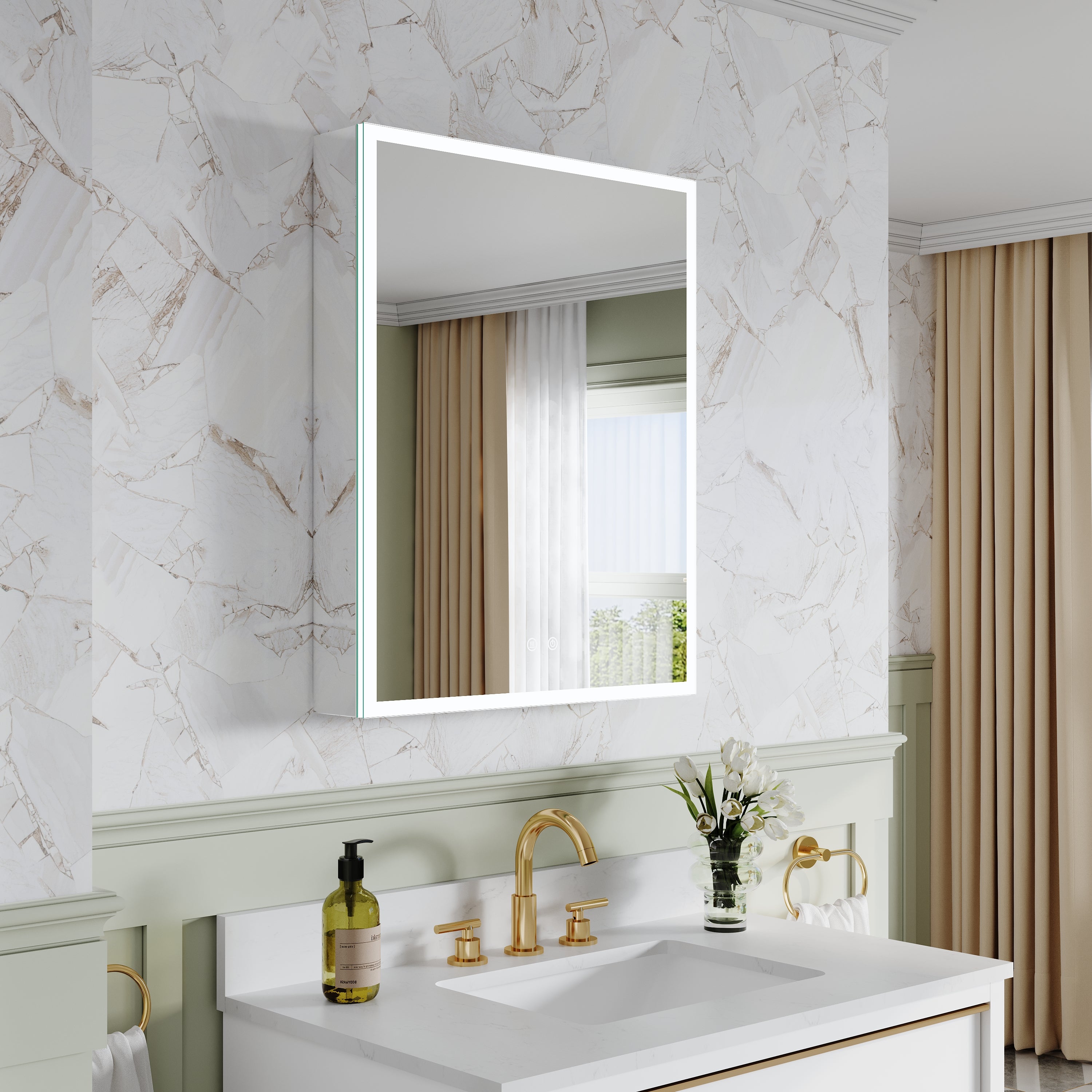
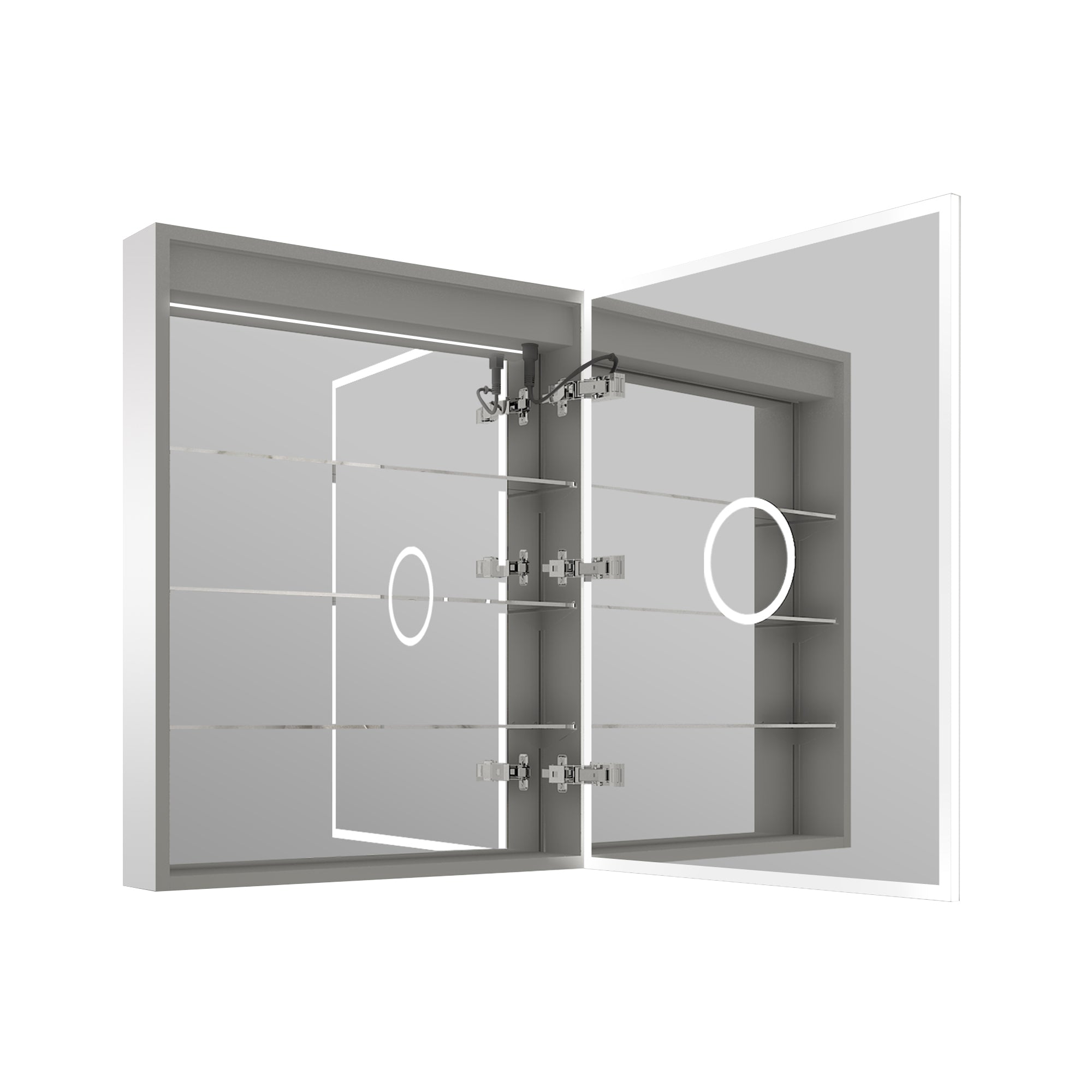
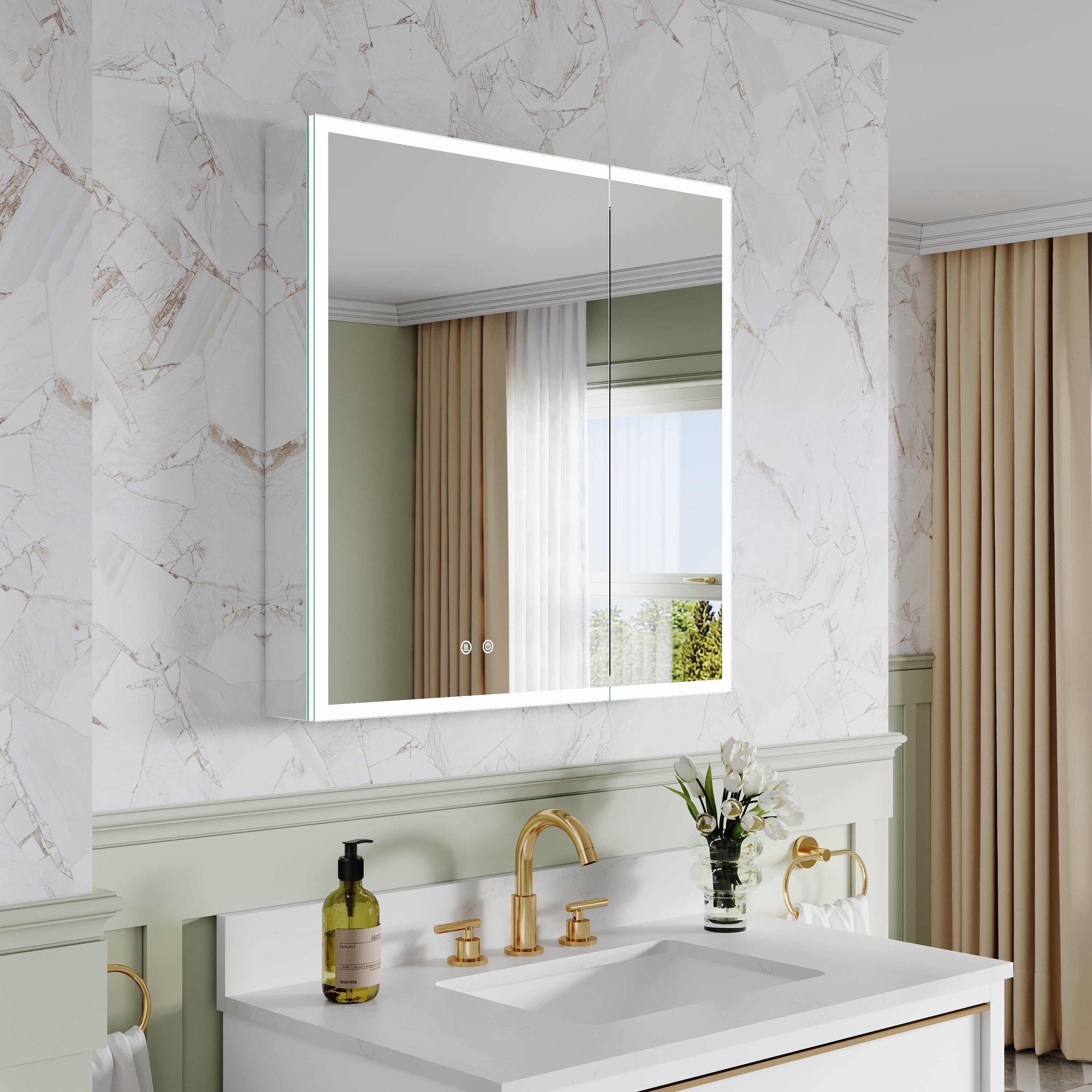
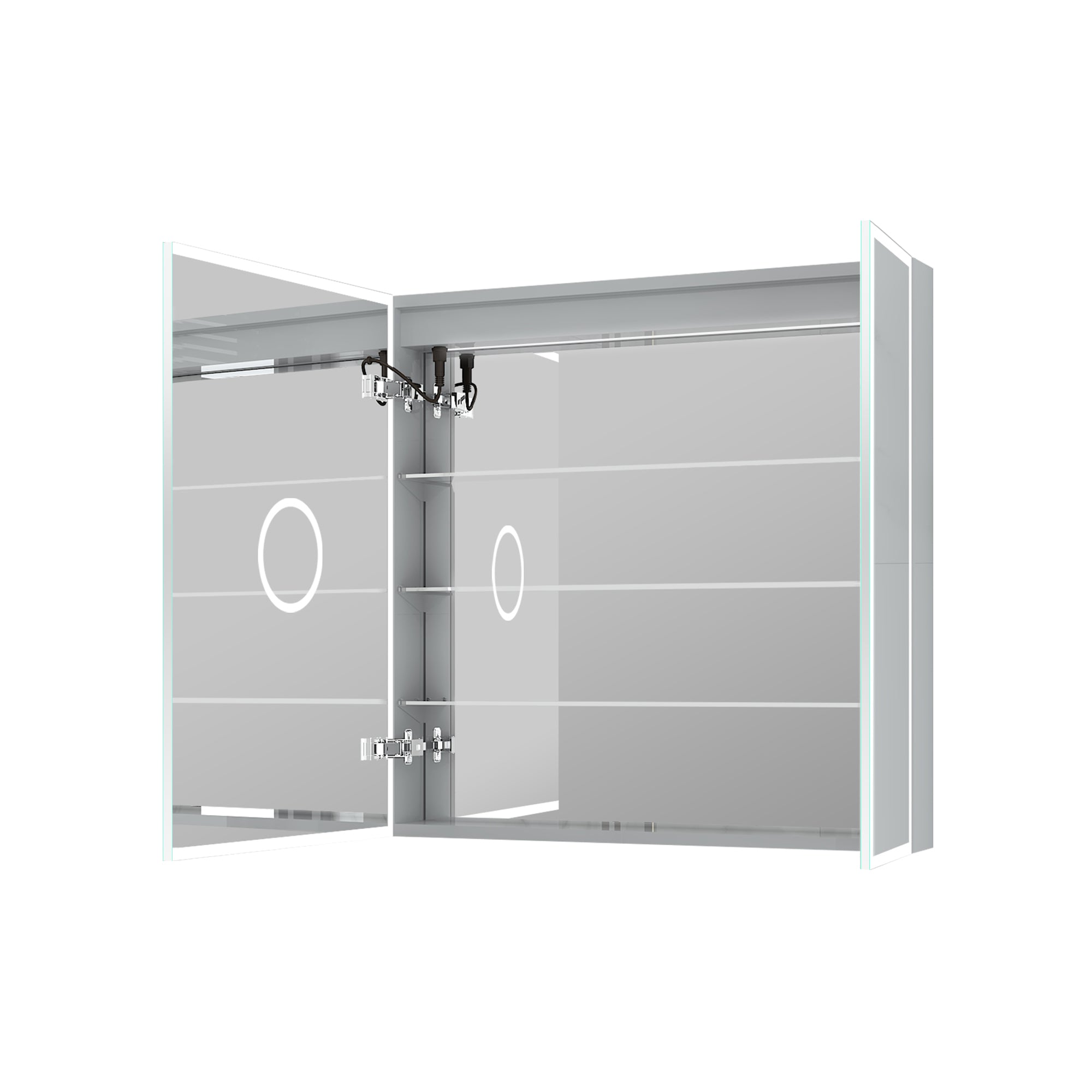
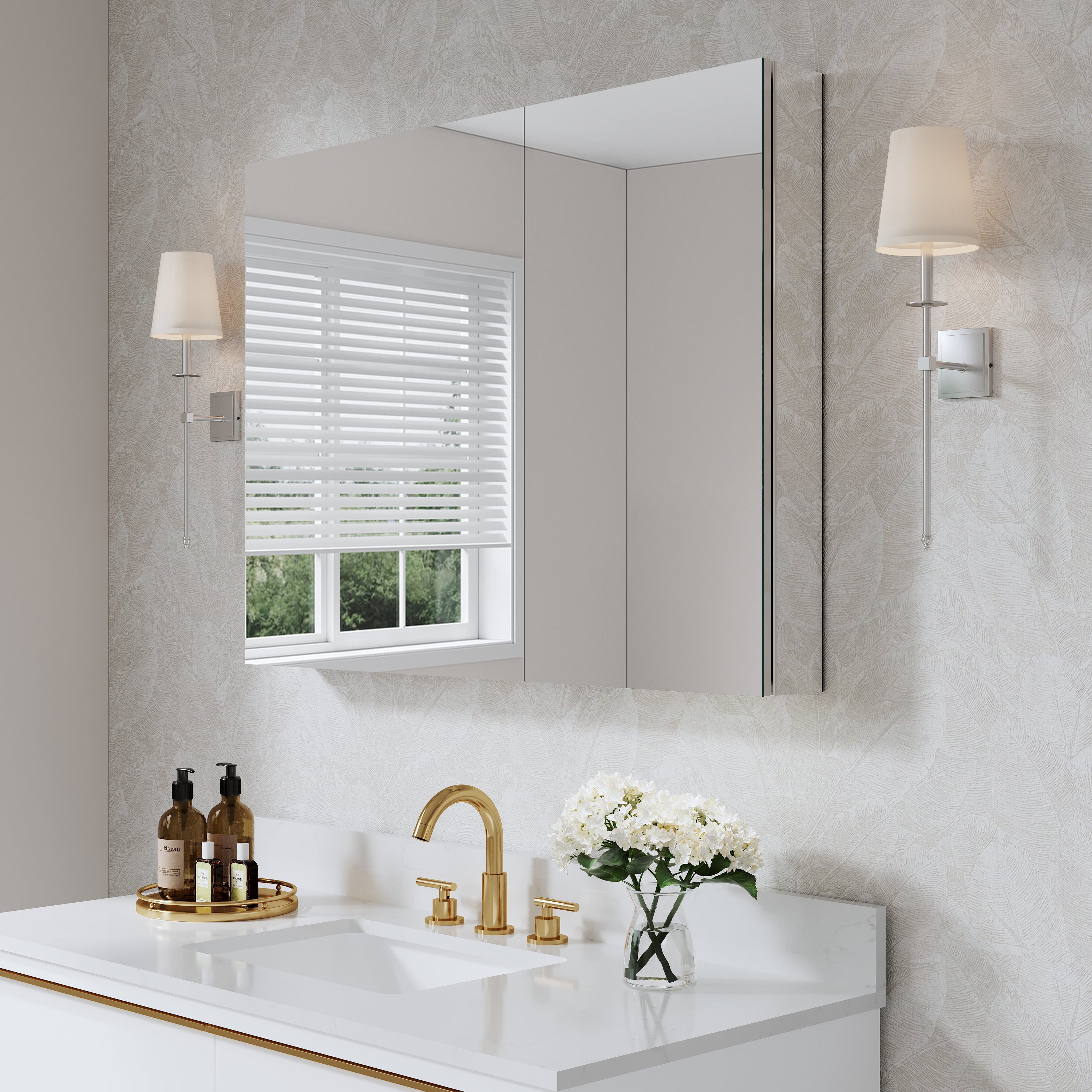

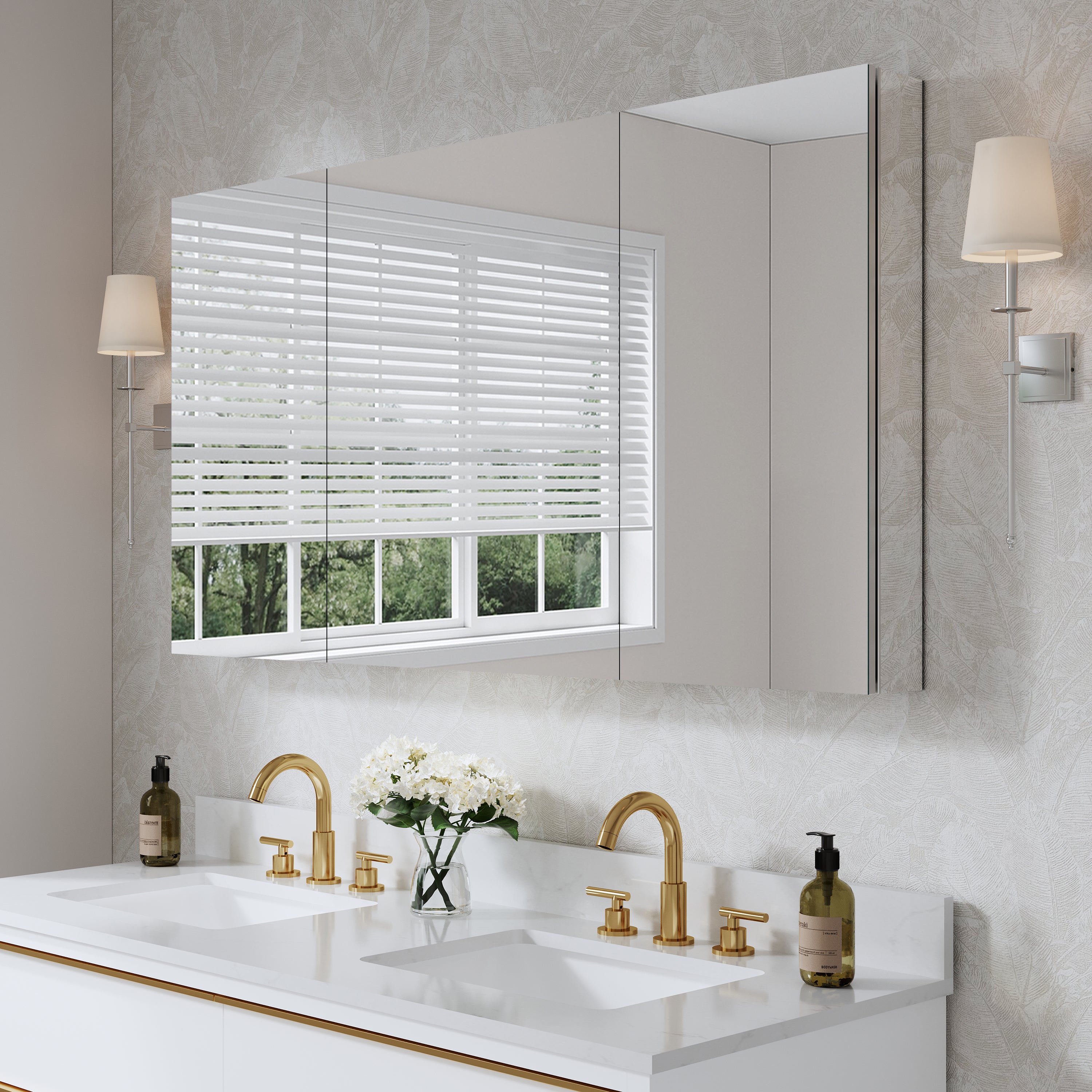

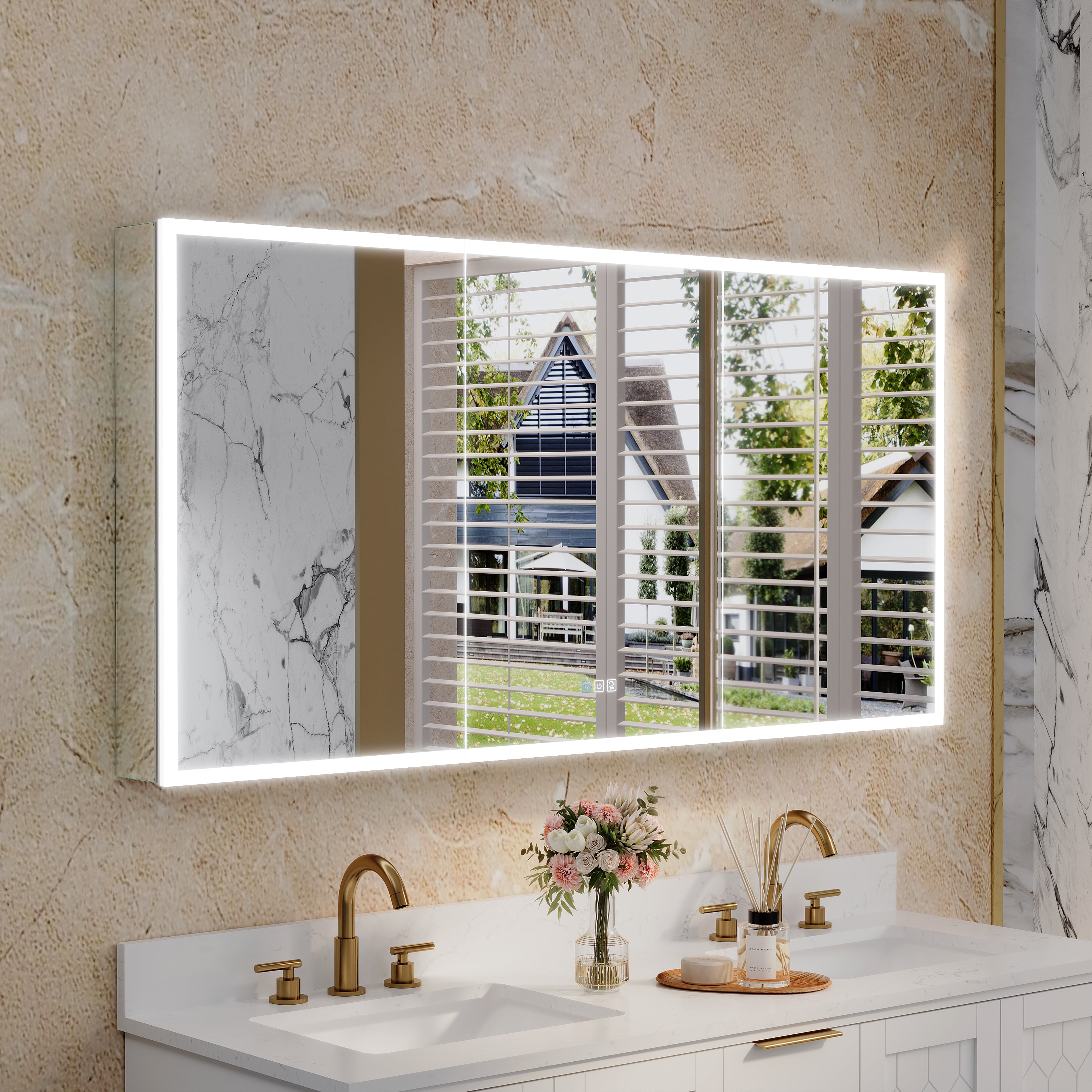

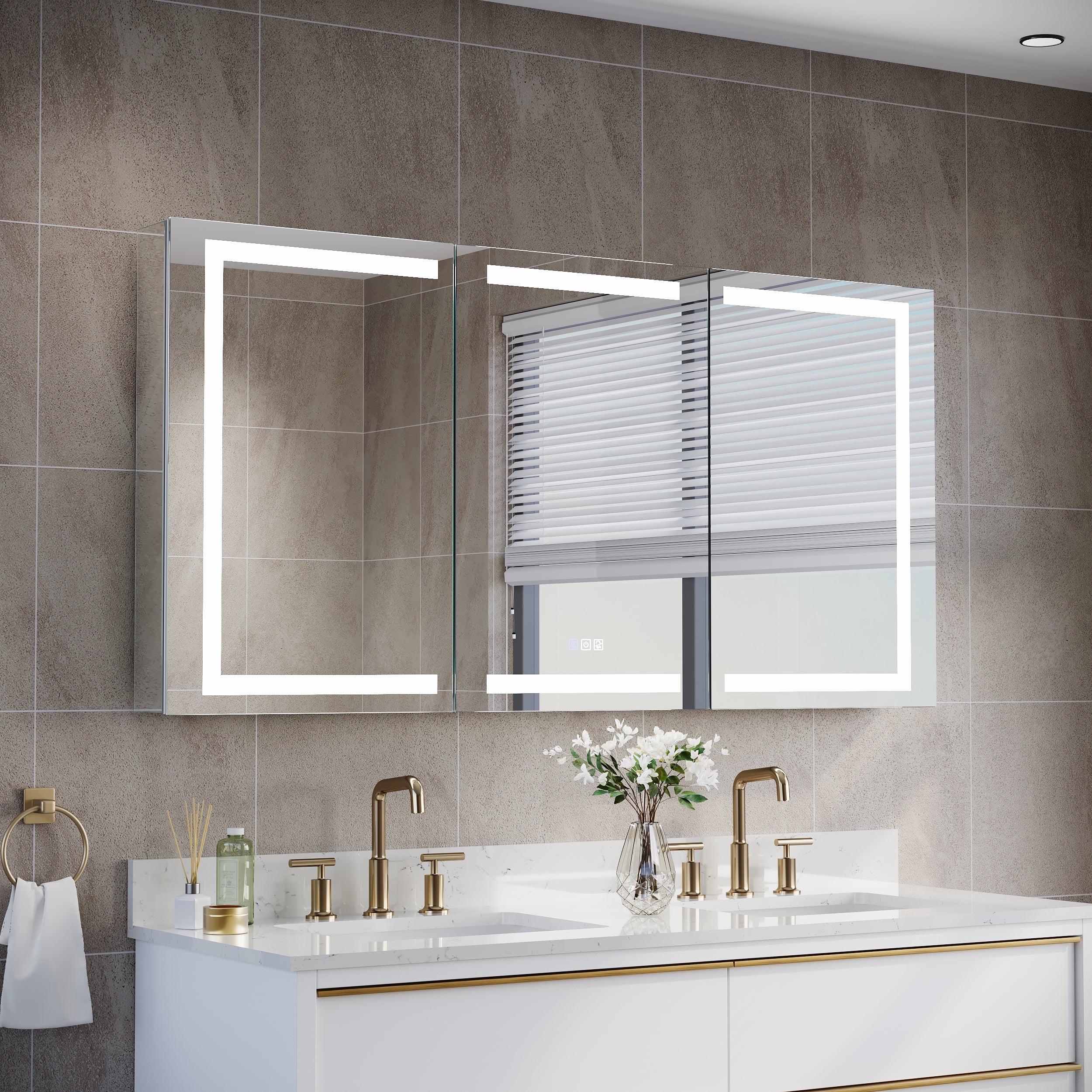


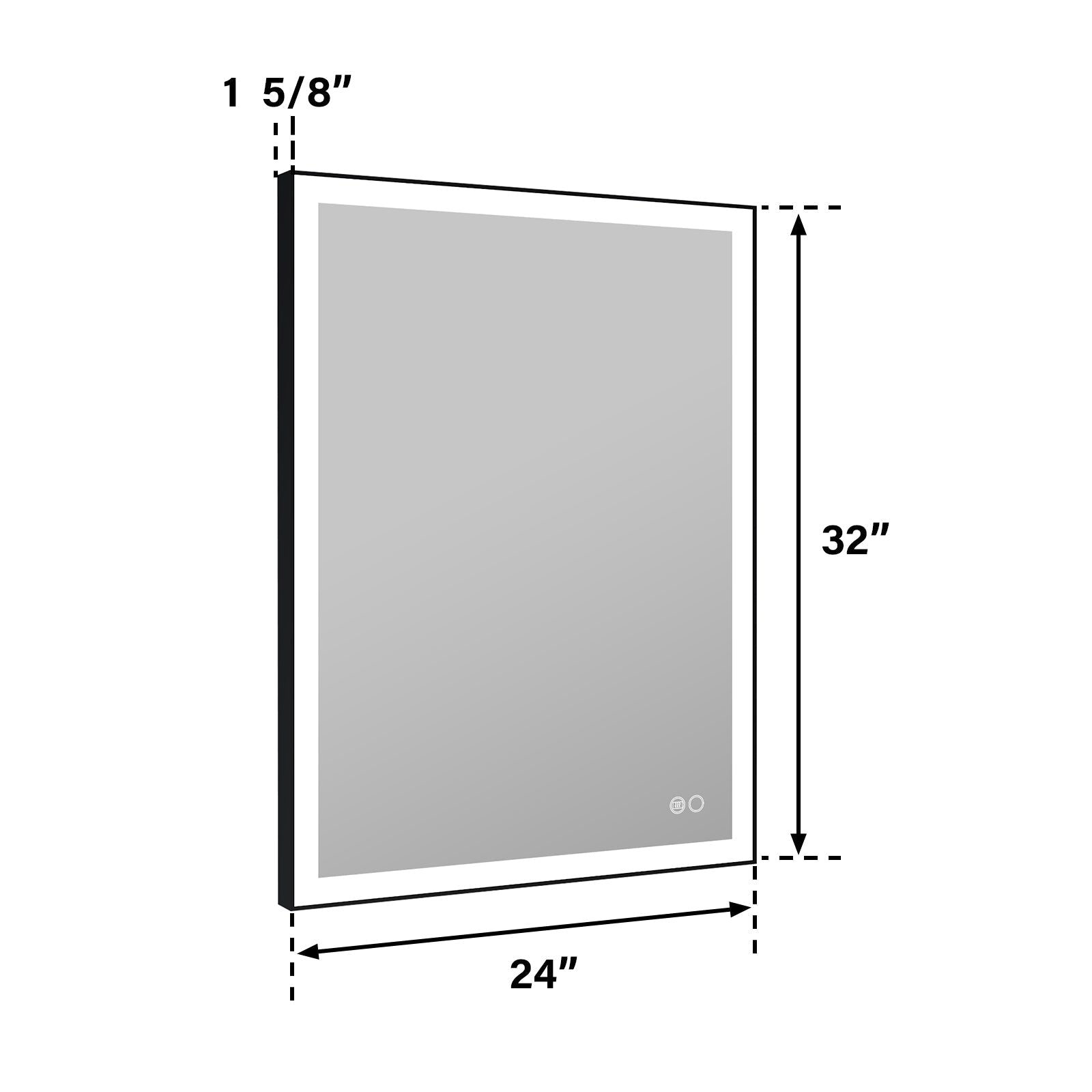
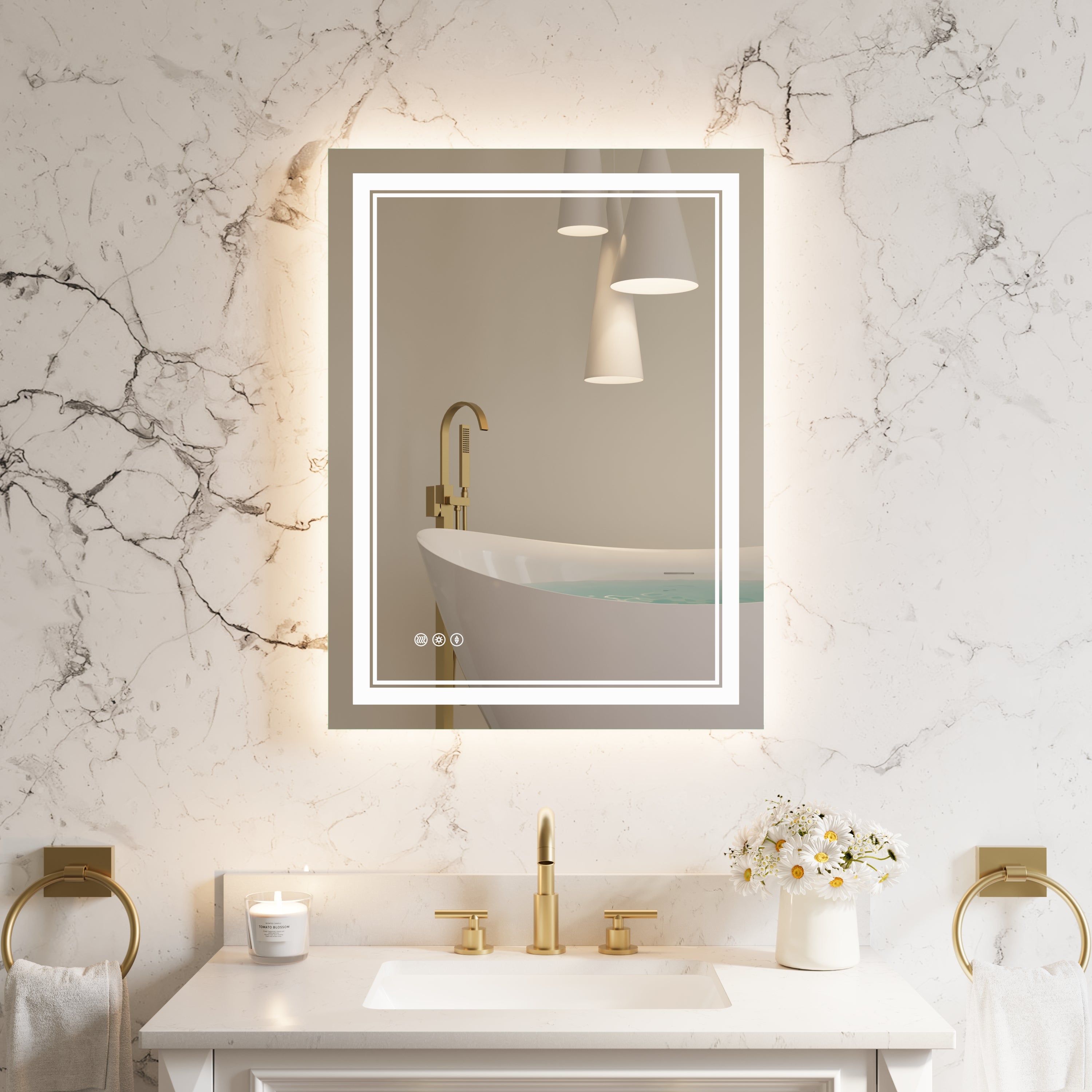
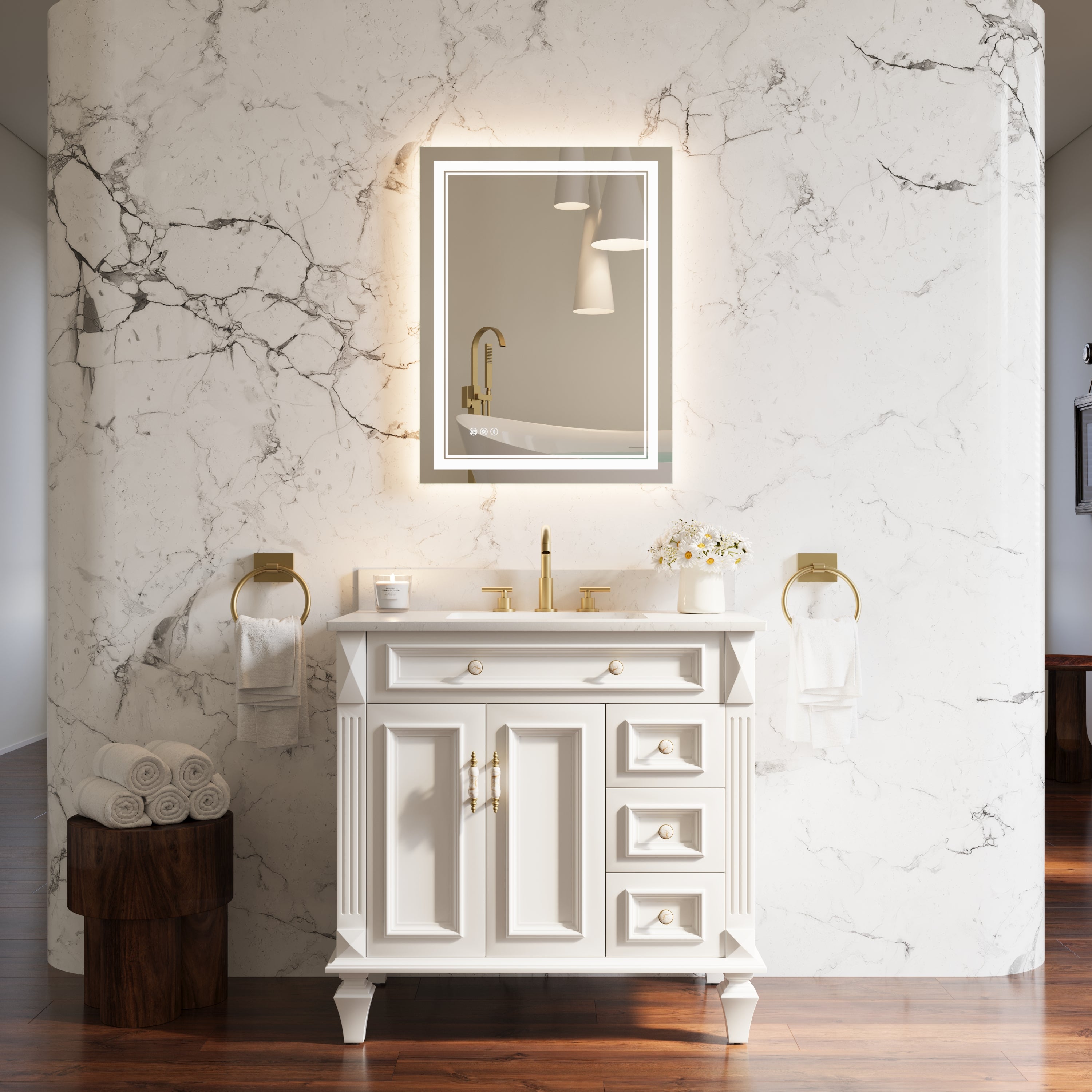
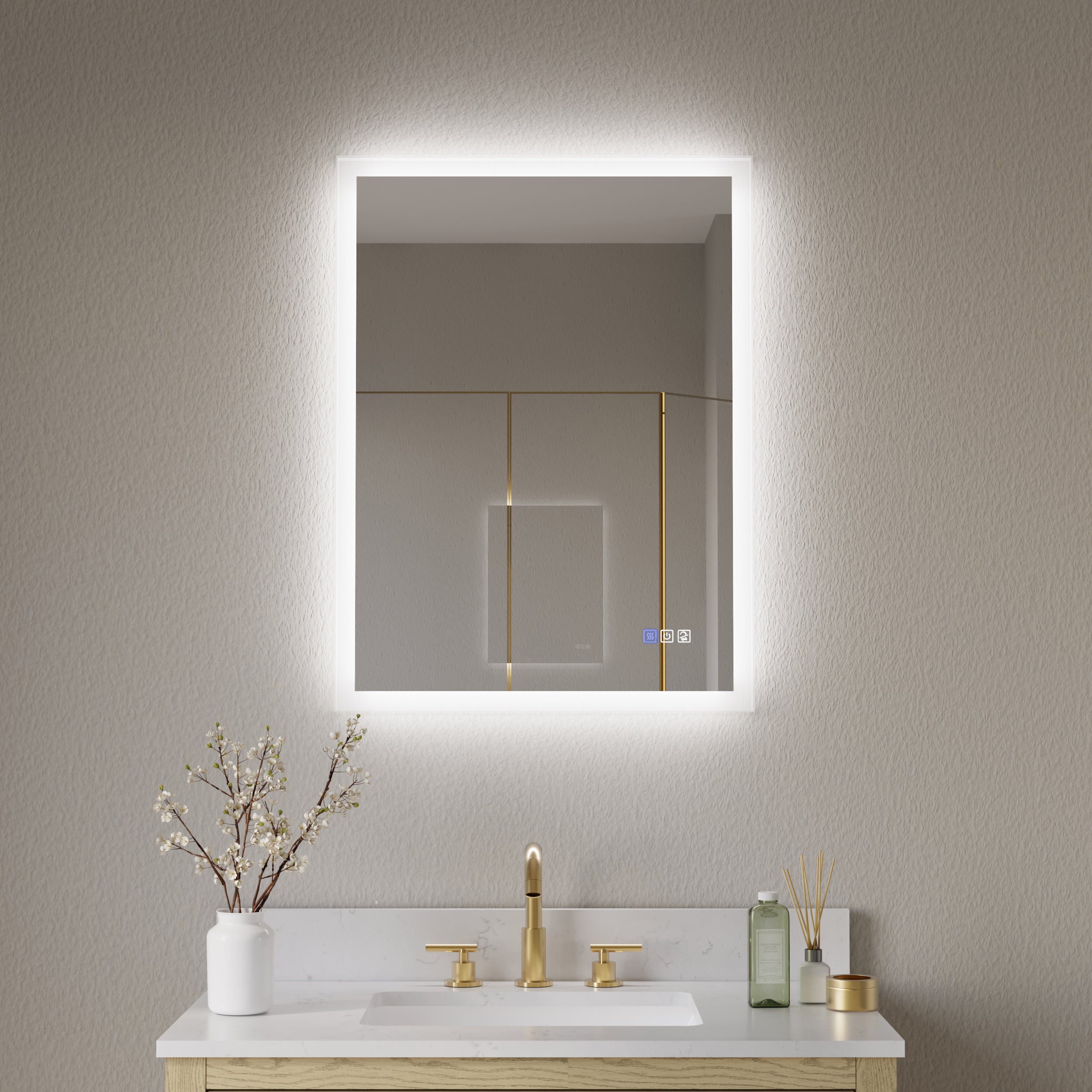

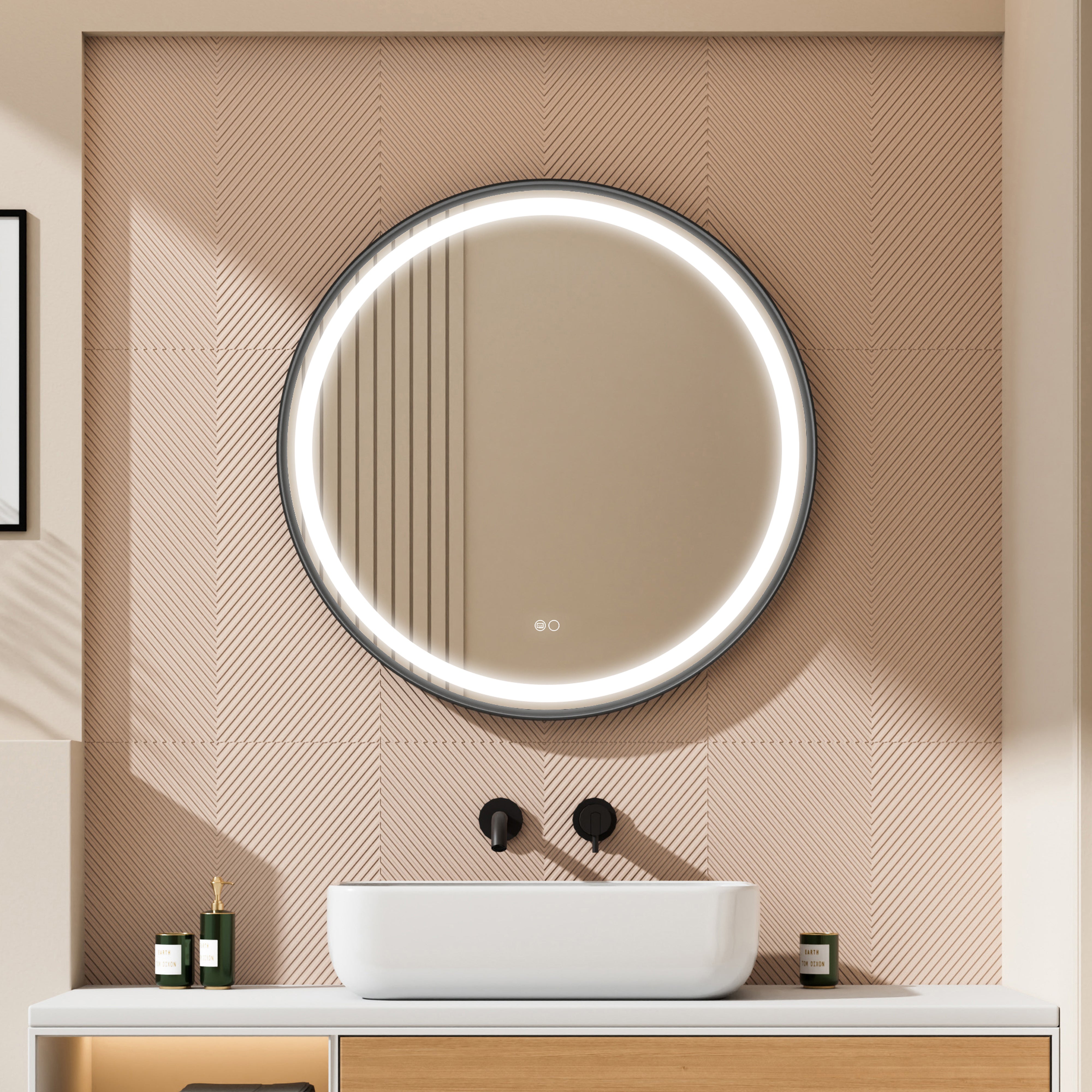
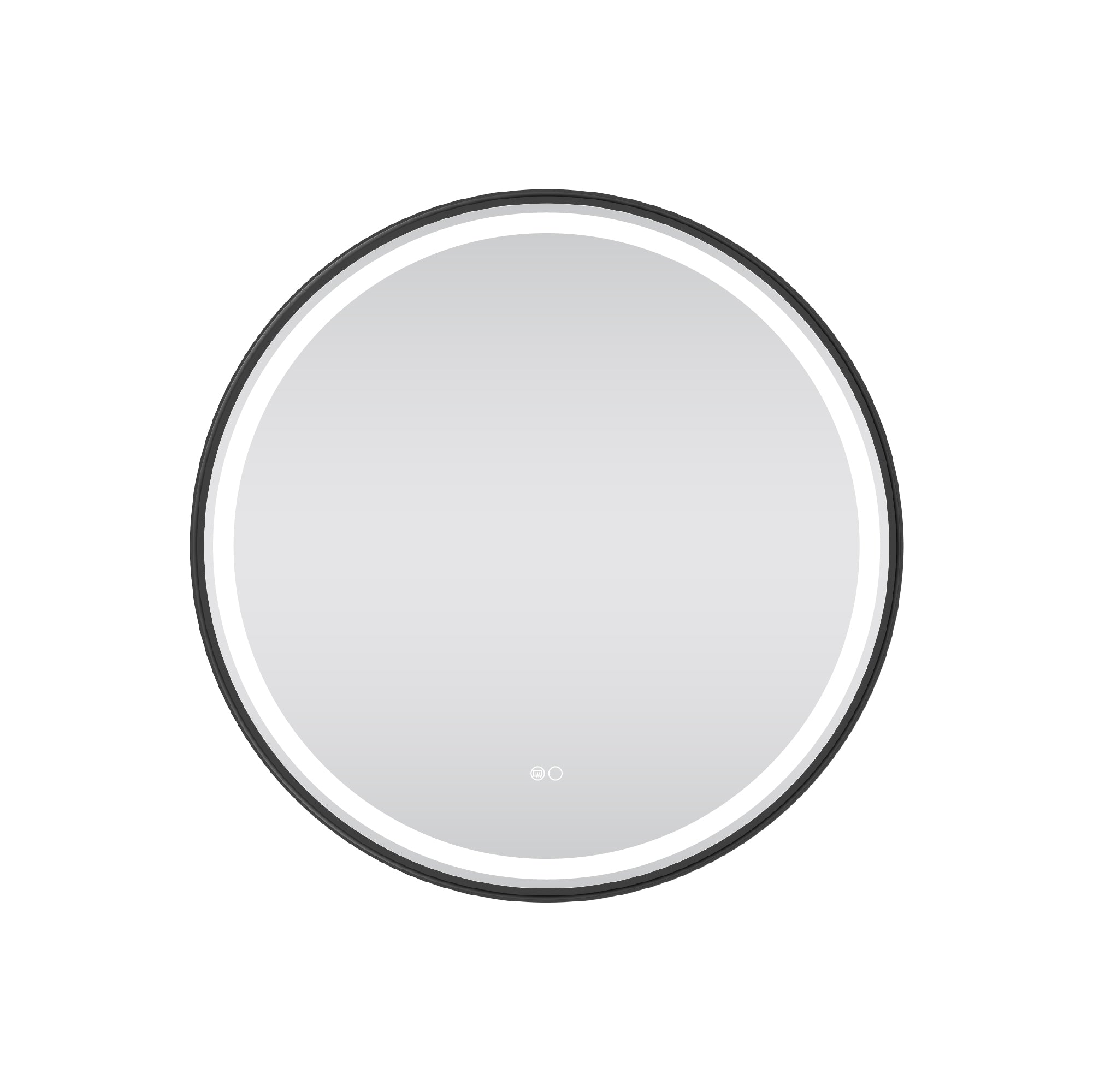


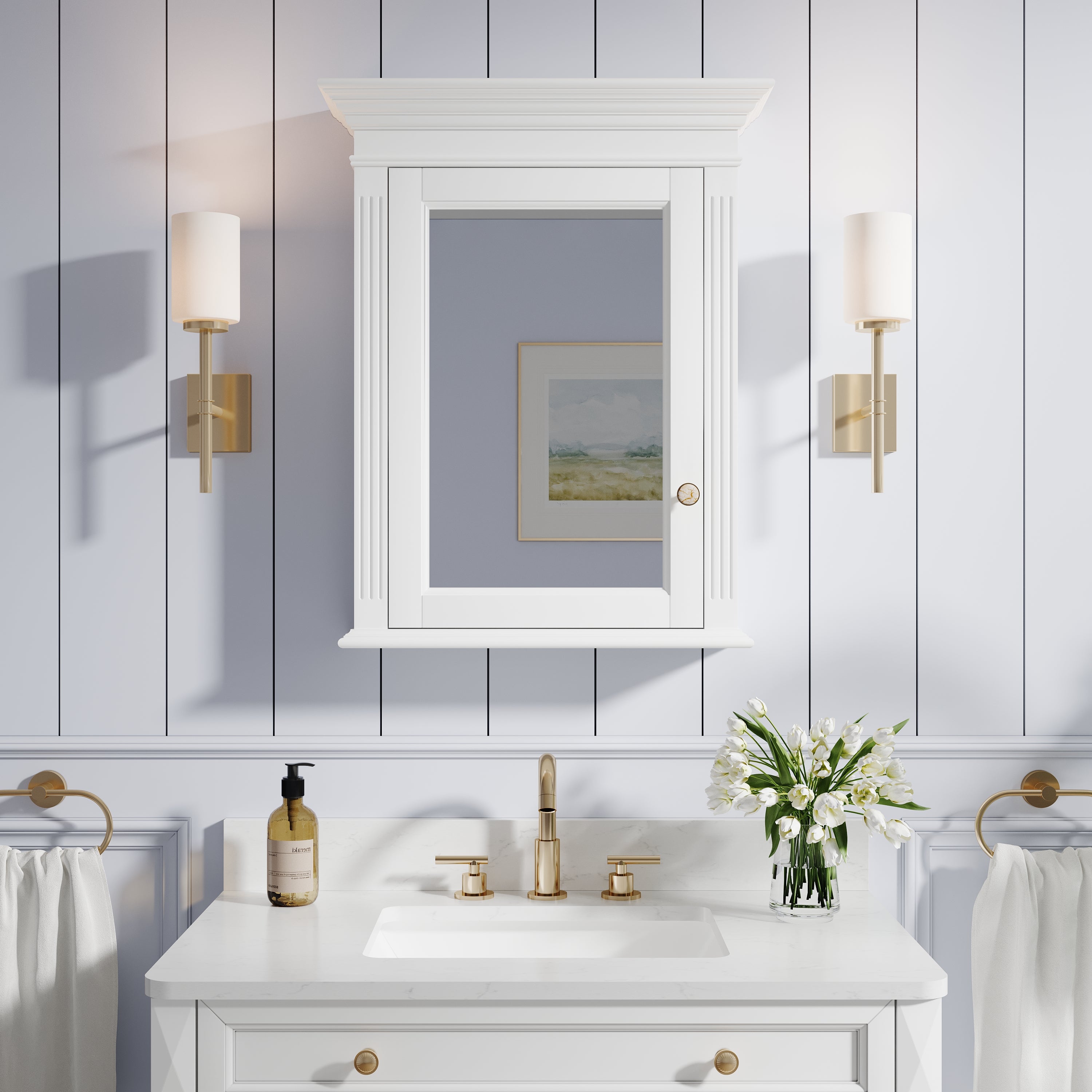
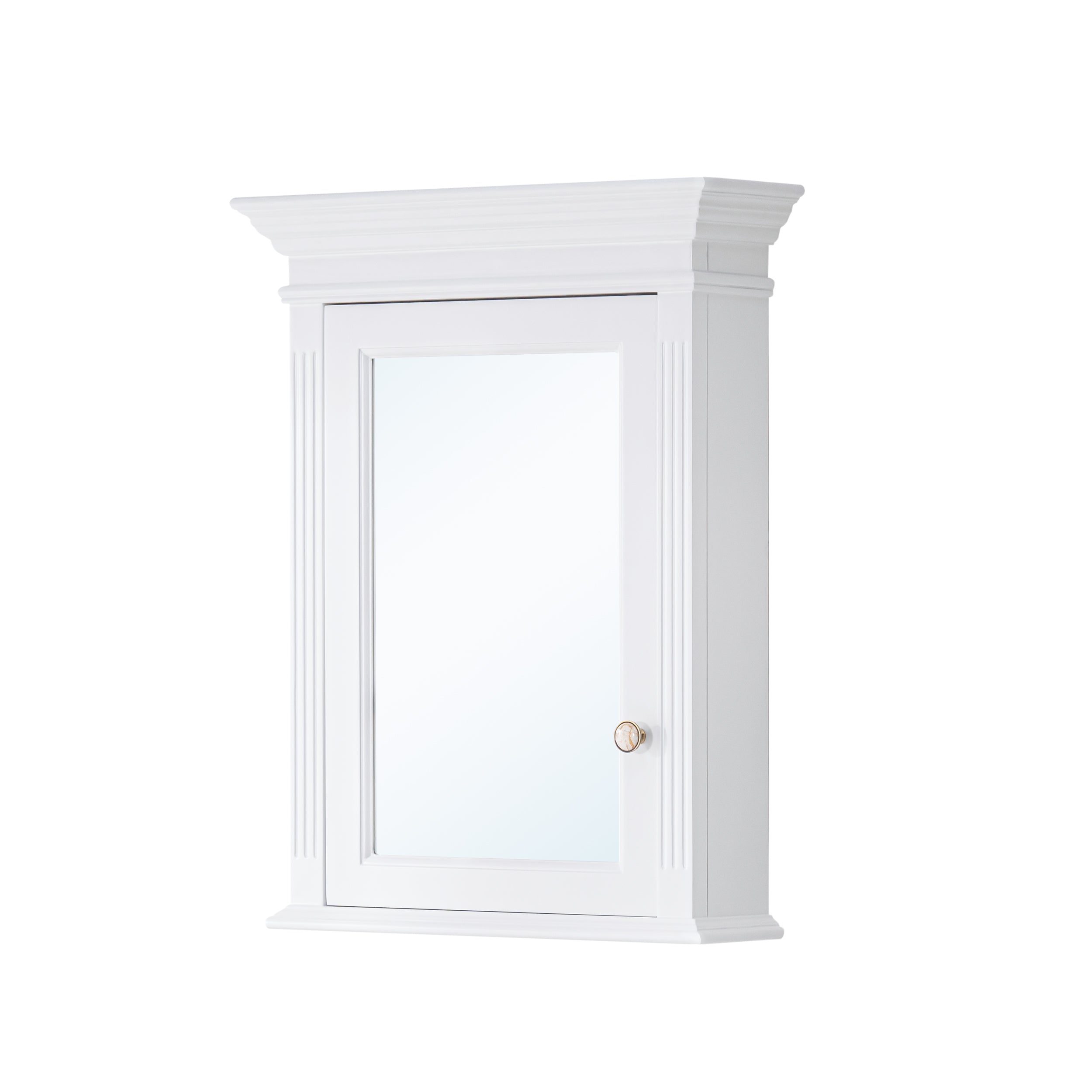
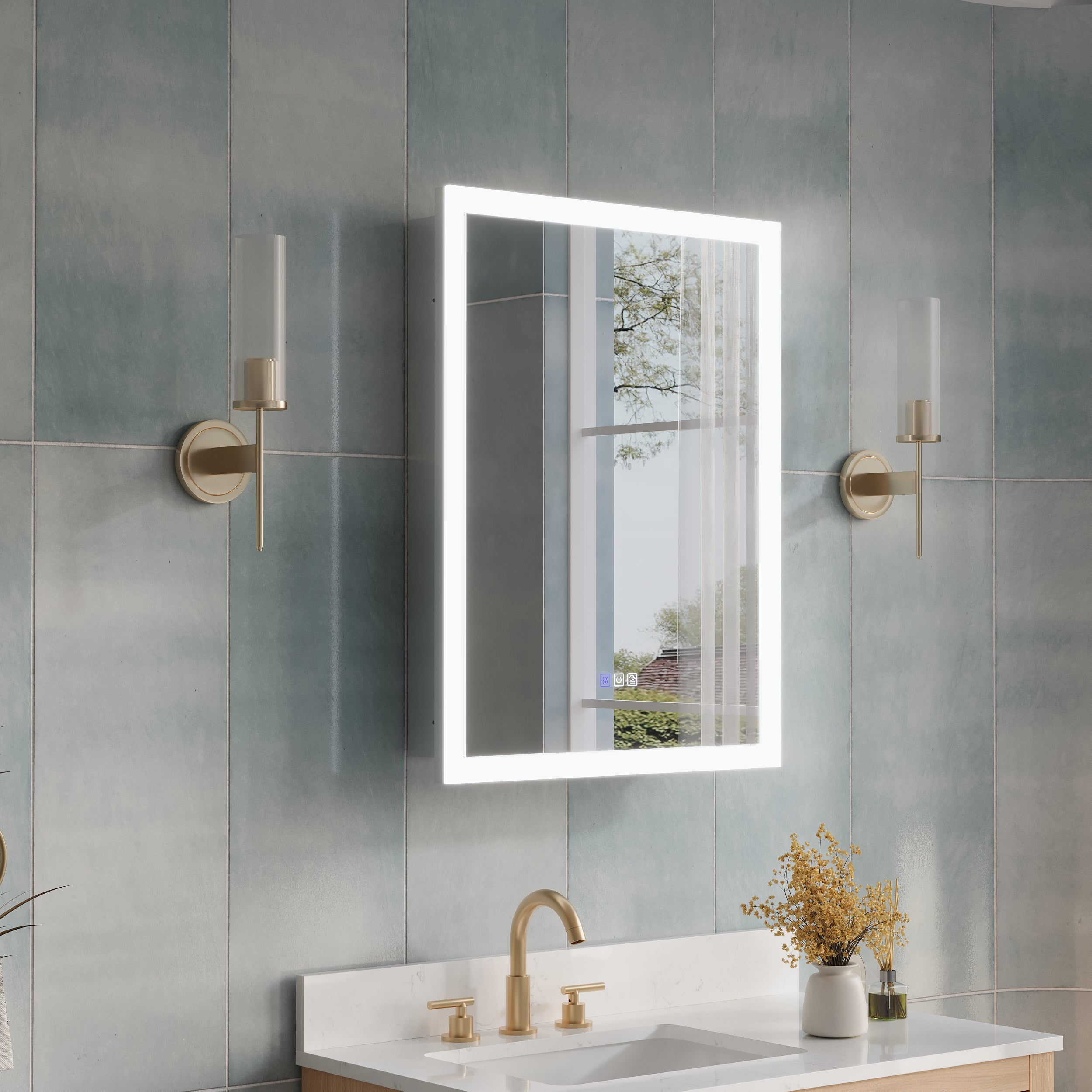
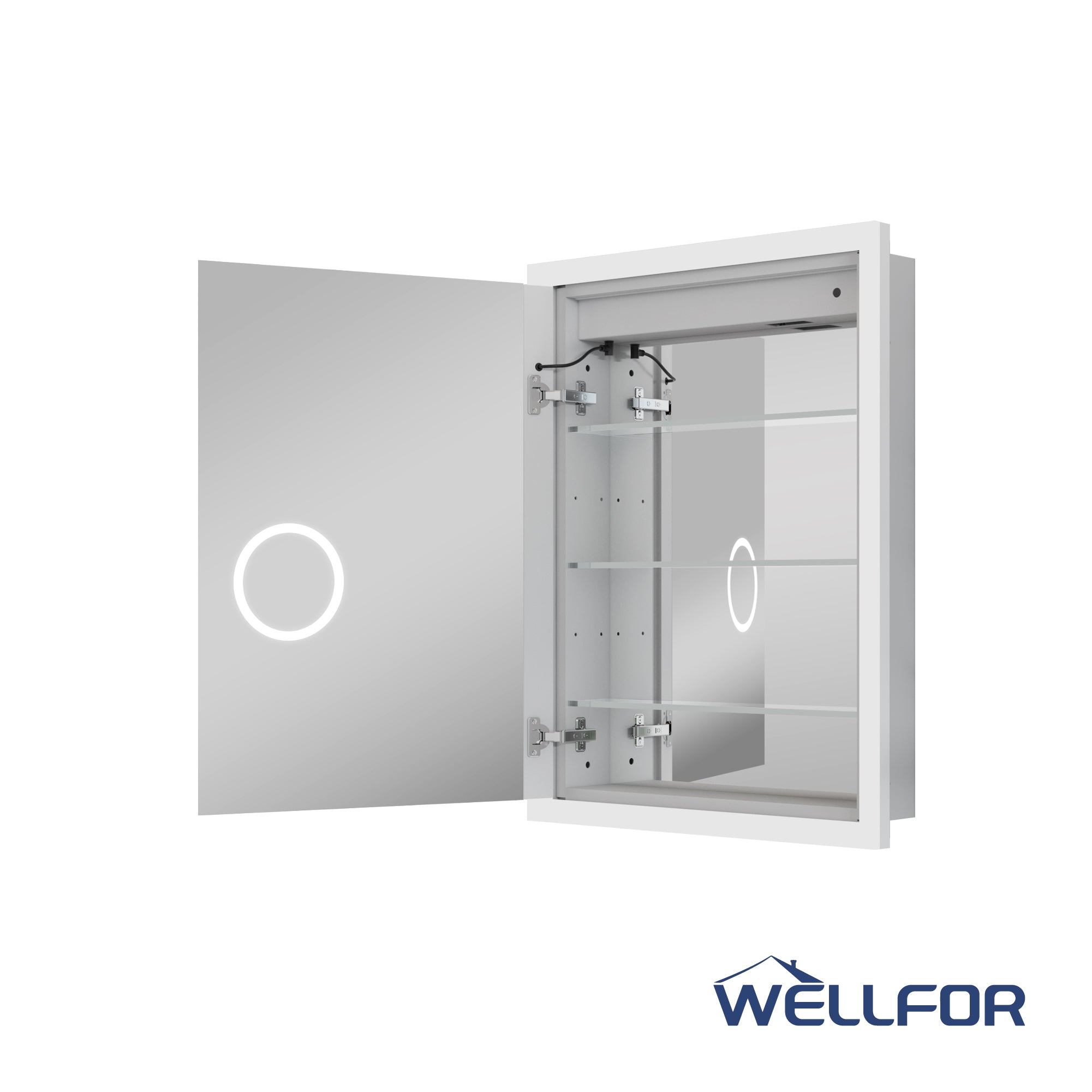
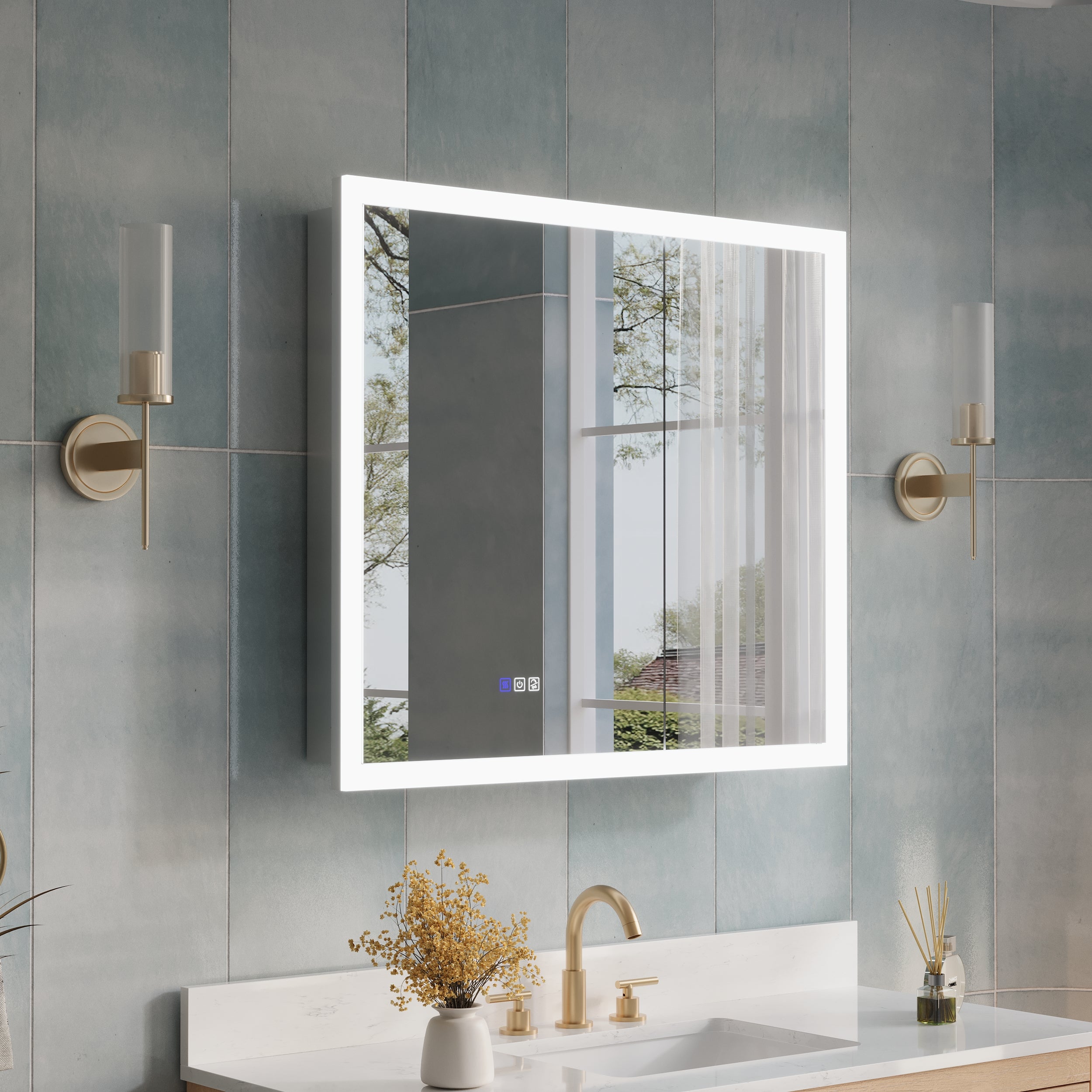




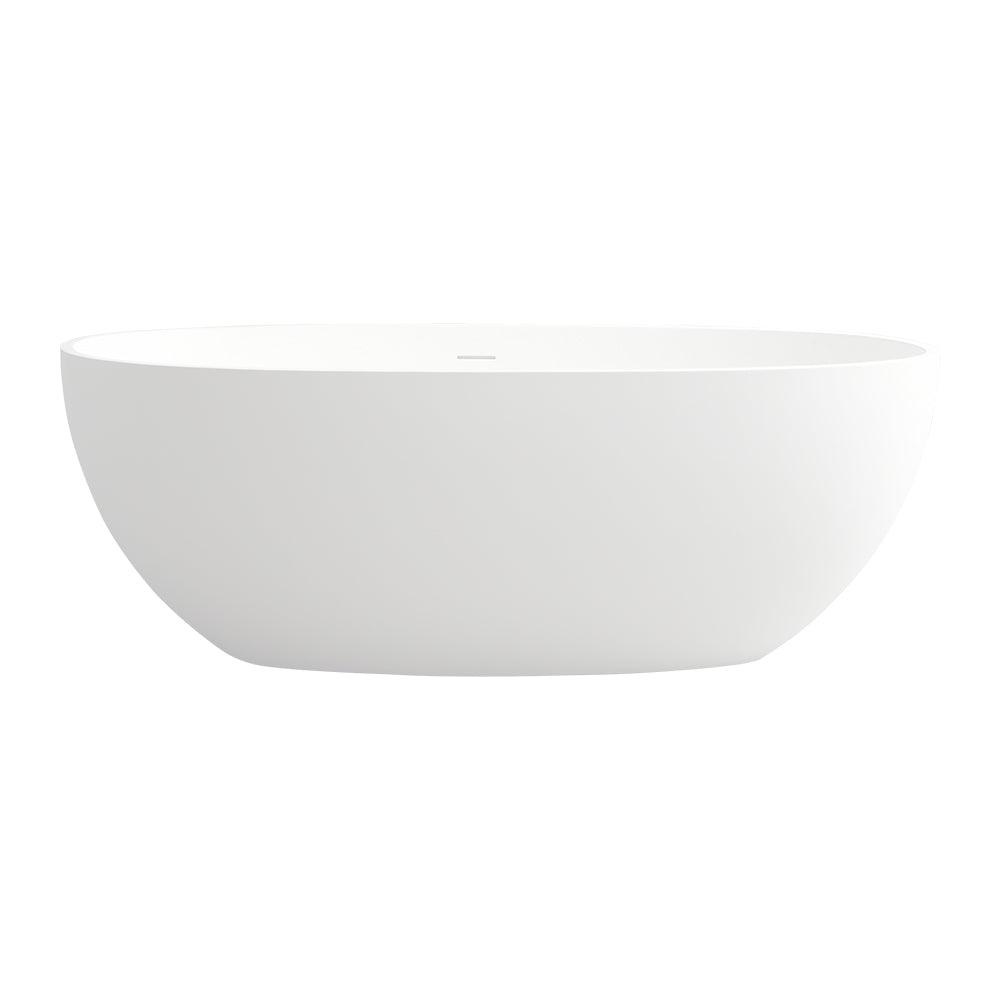
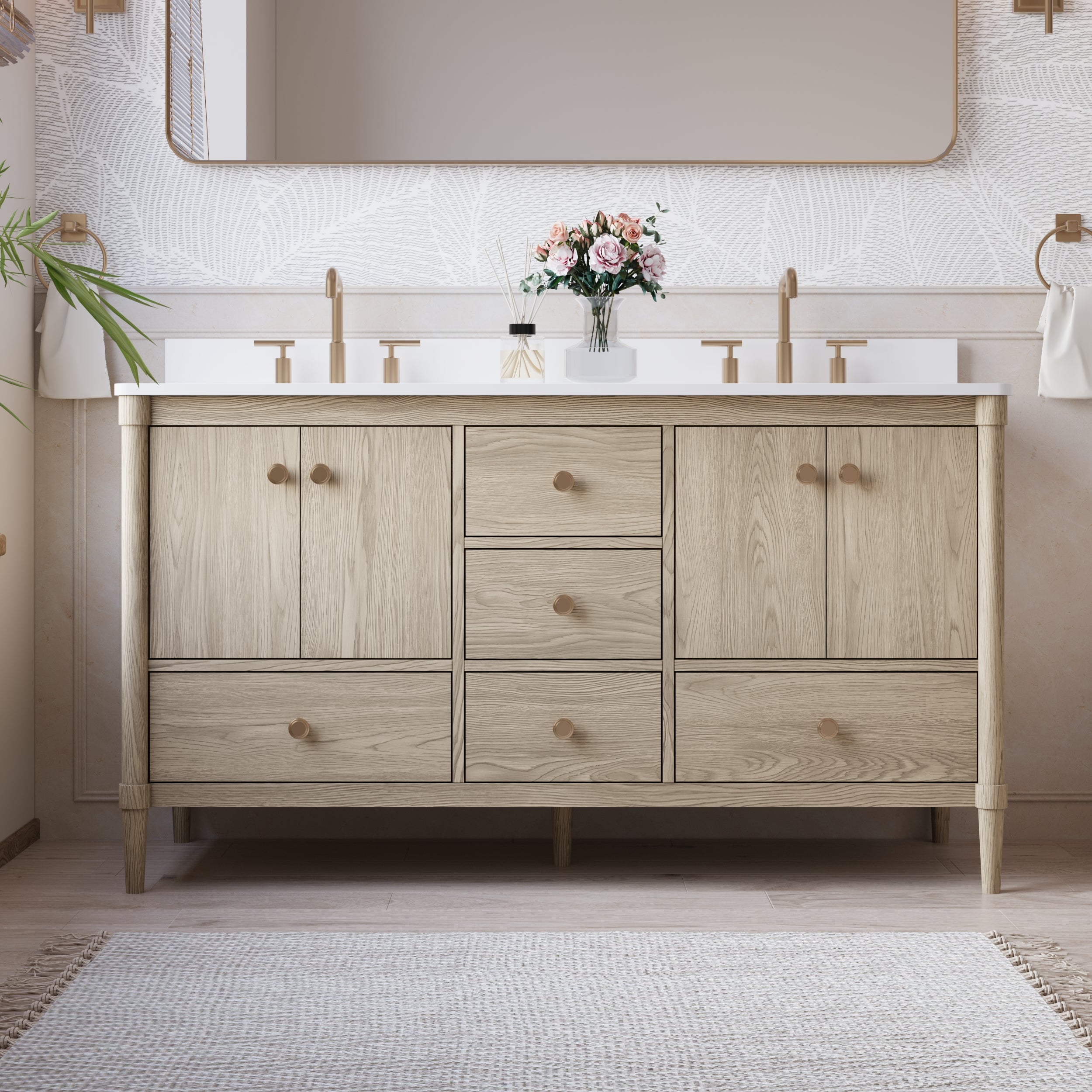
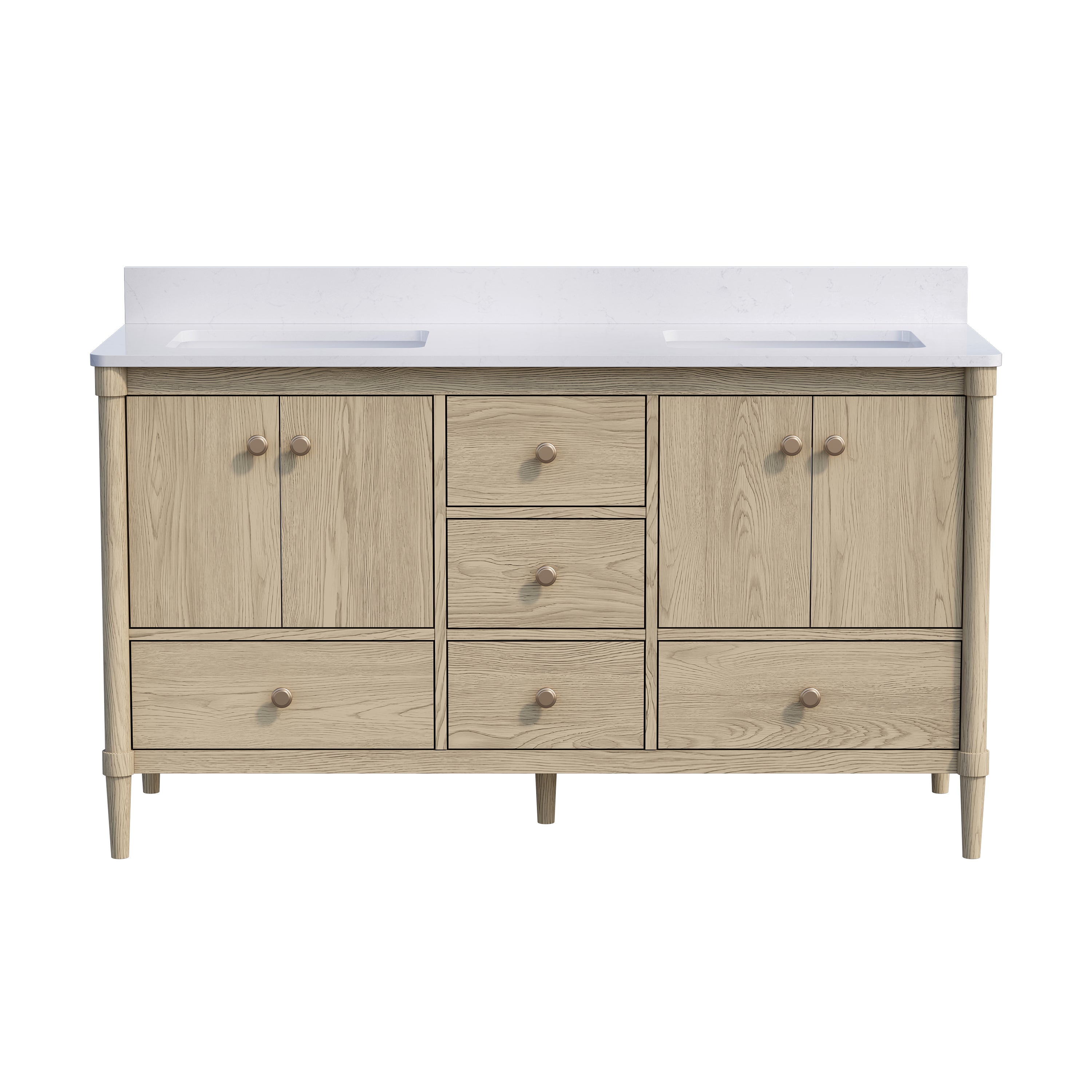
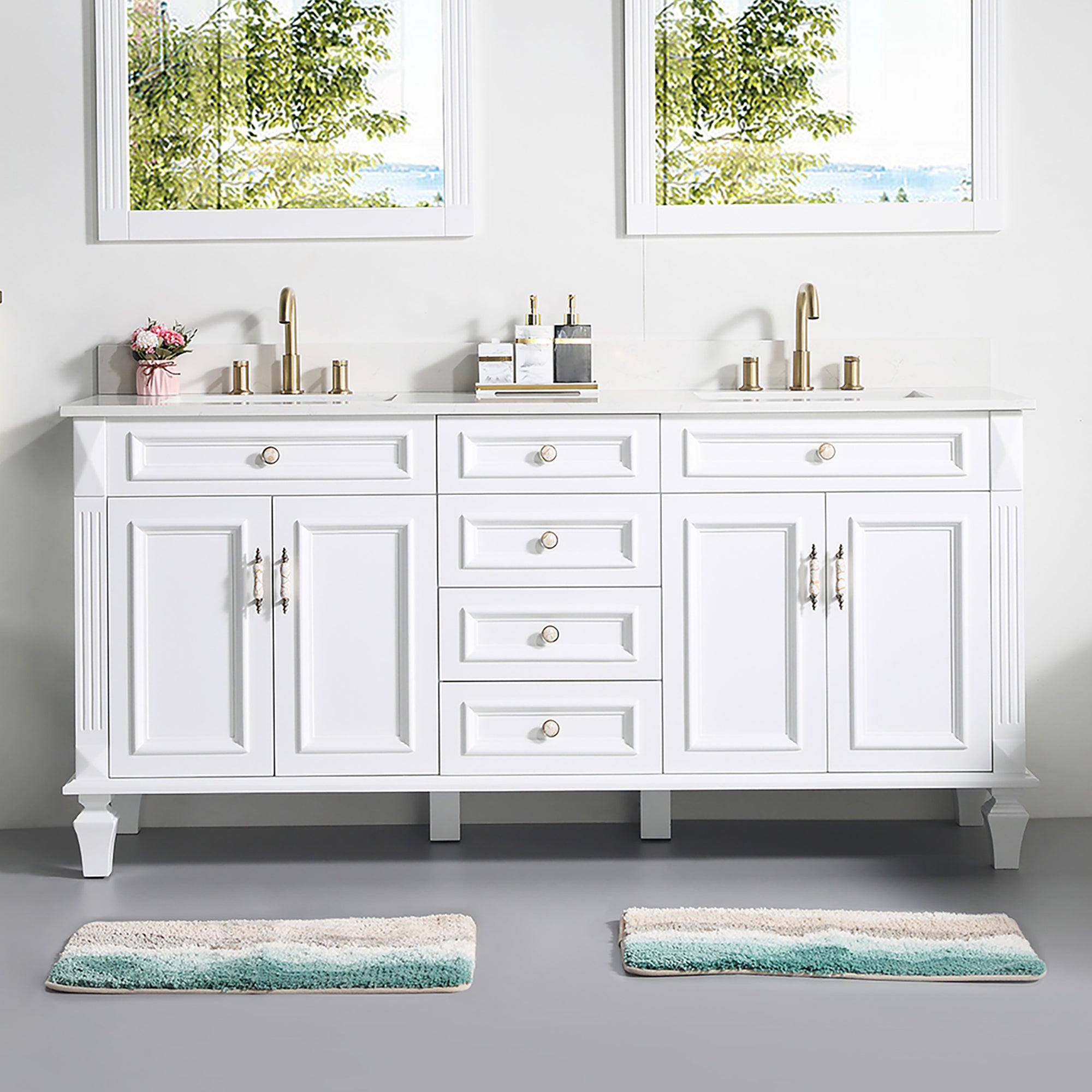

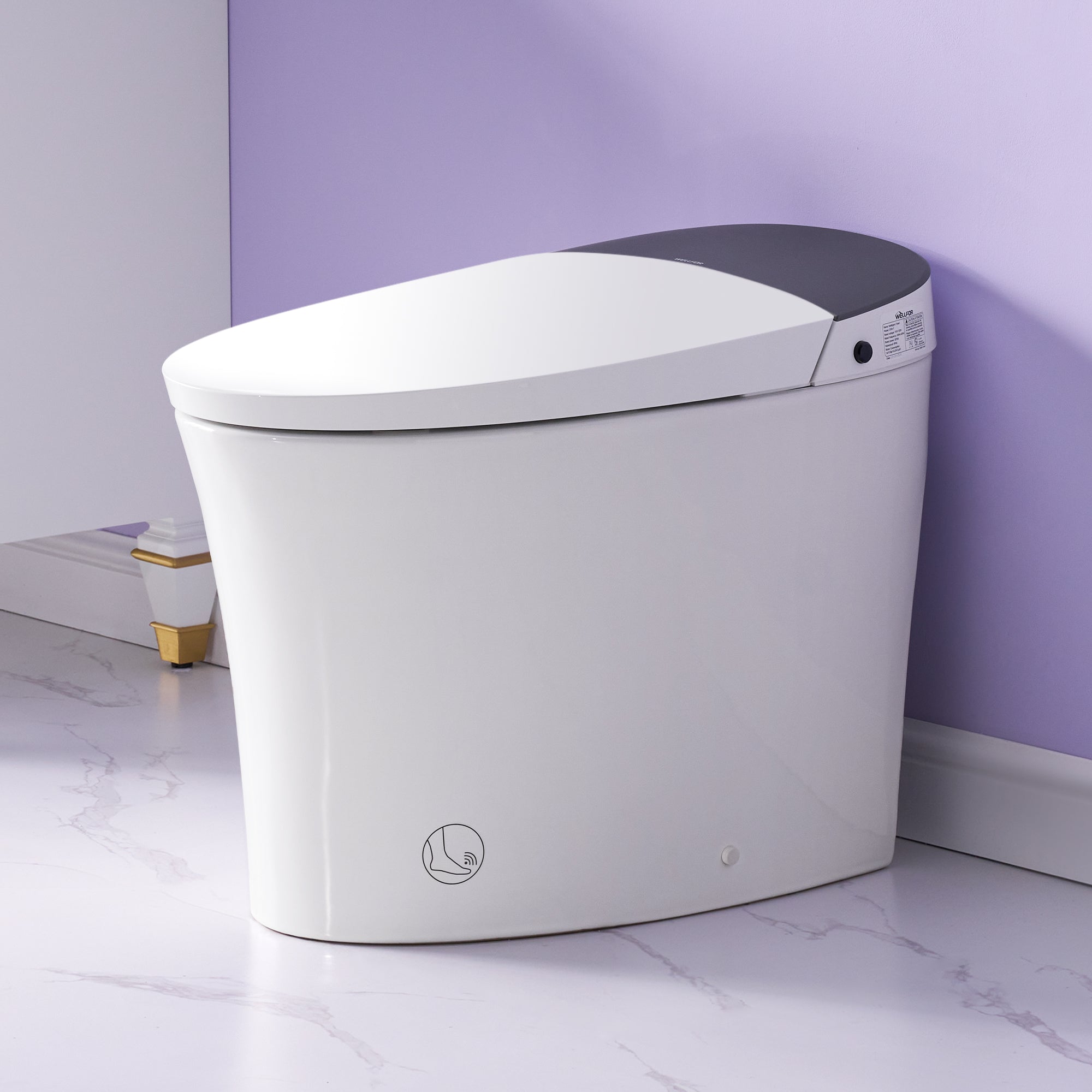
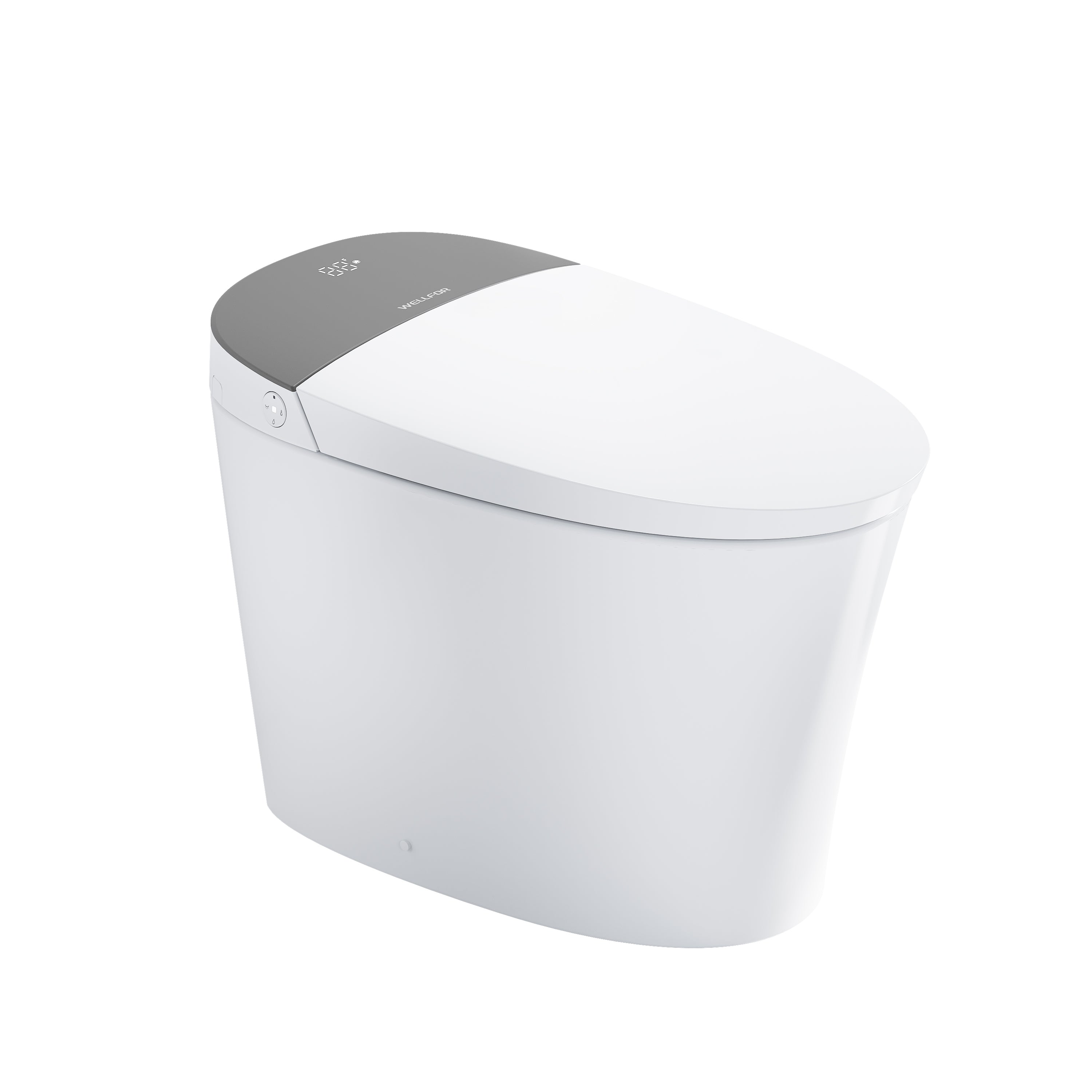

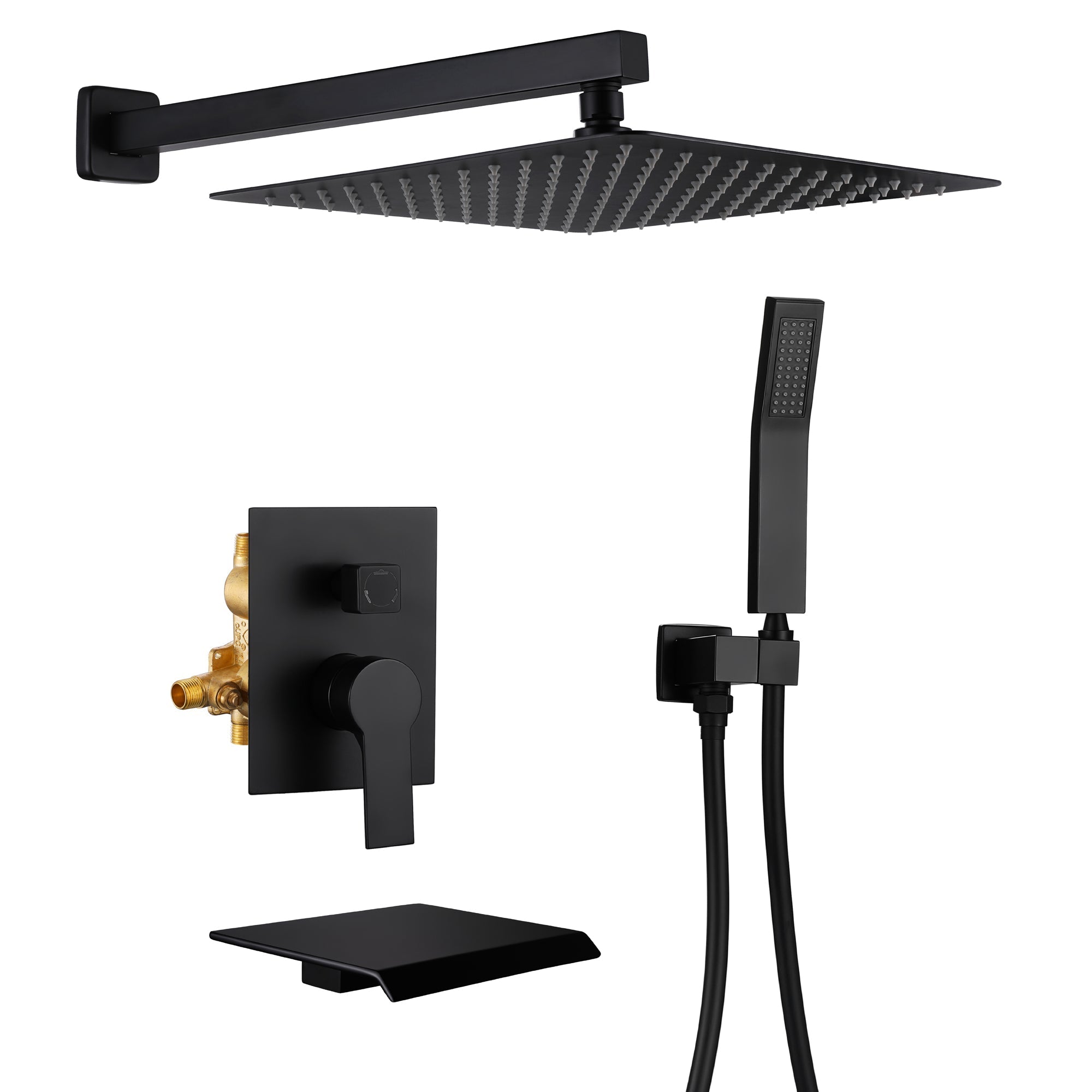
Leave a comment
This site is protected by hCaptcha and the hCaptcha Privacy Policy and Terms of Service apply.